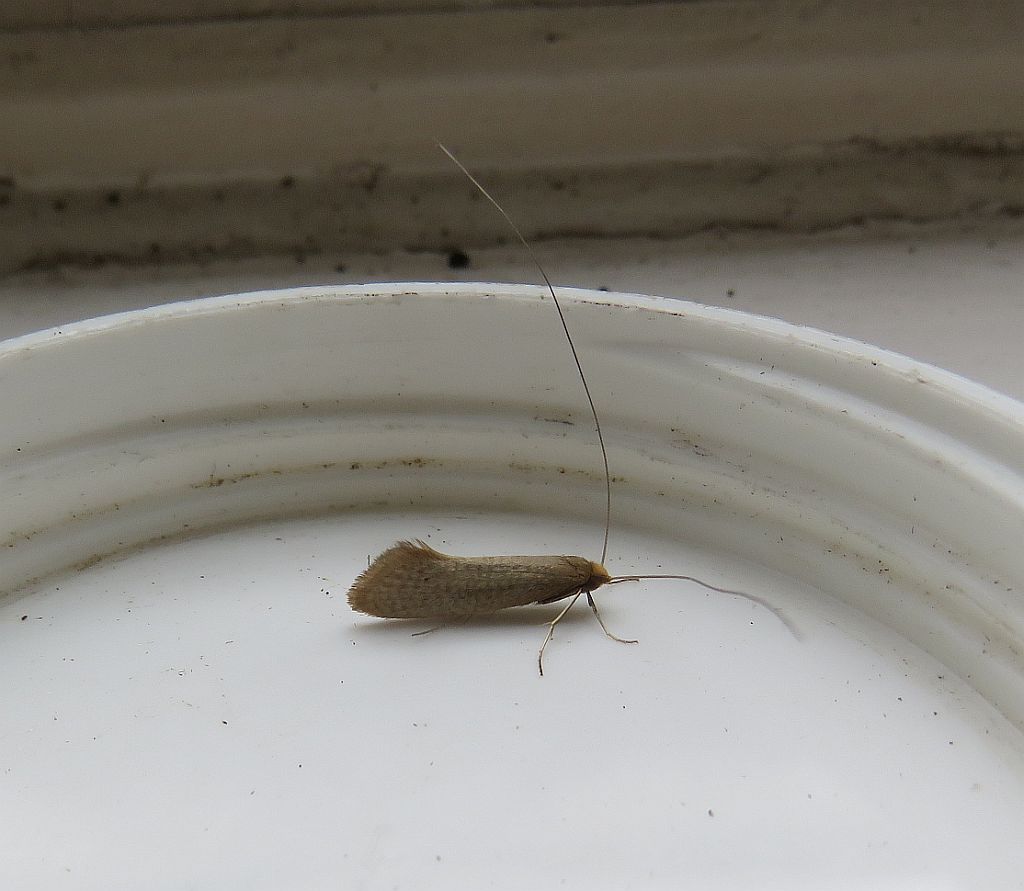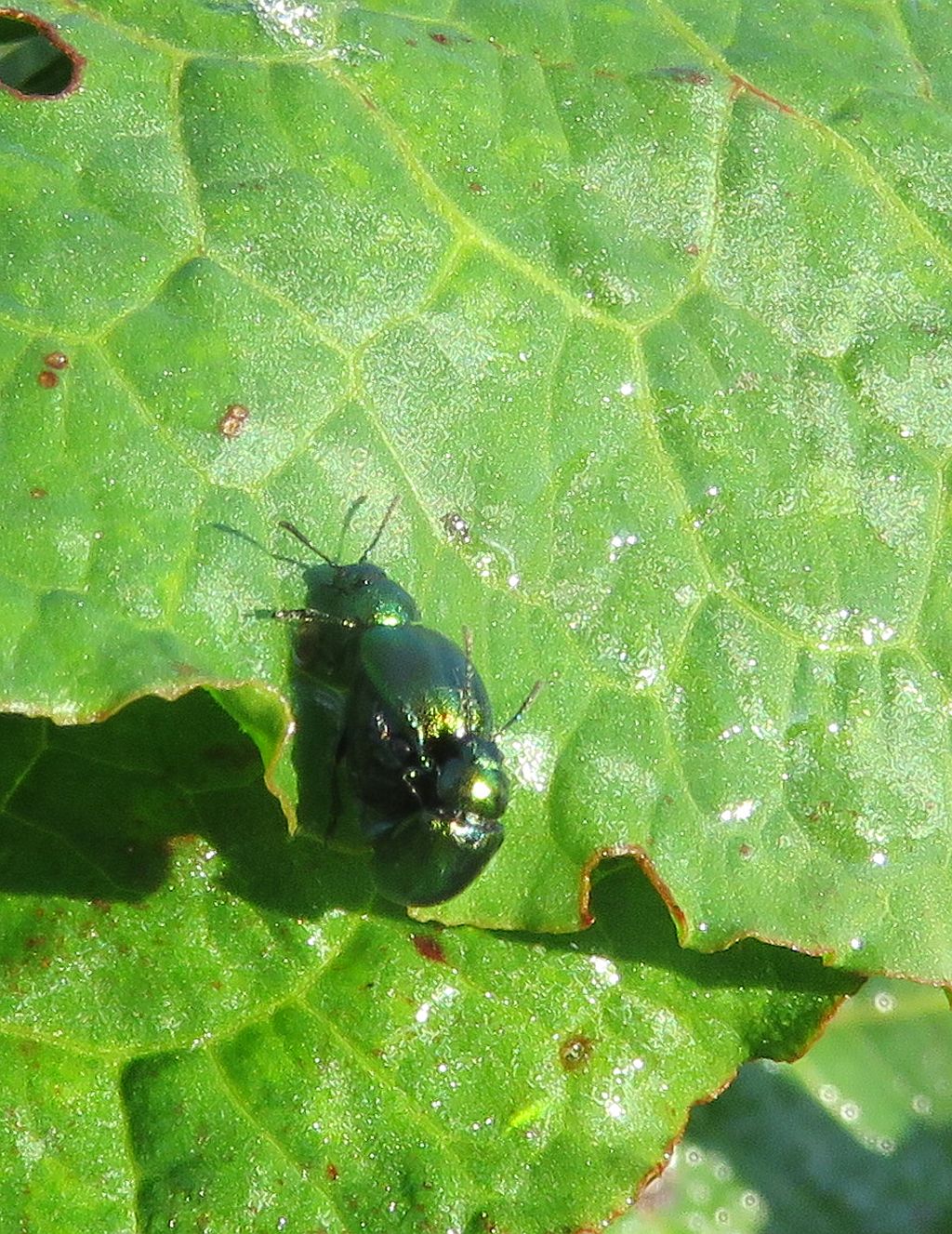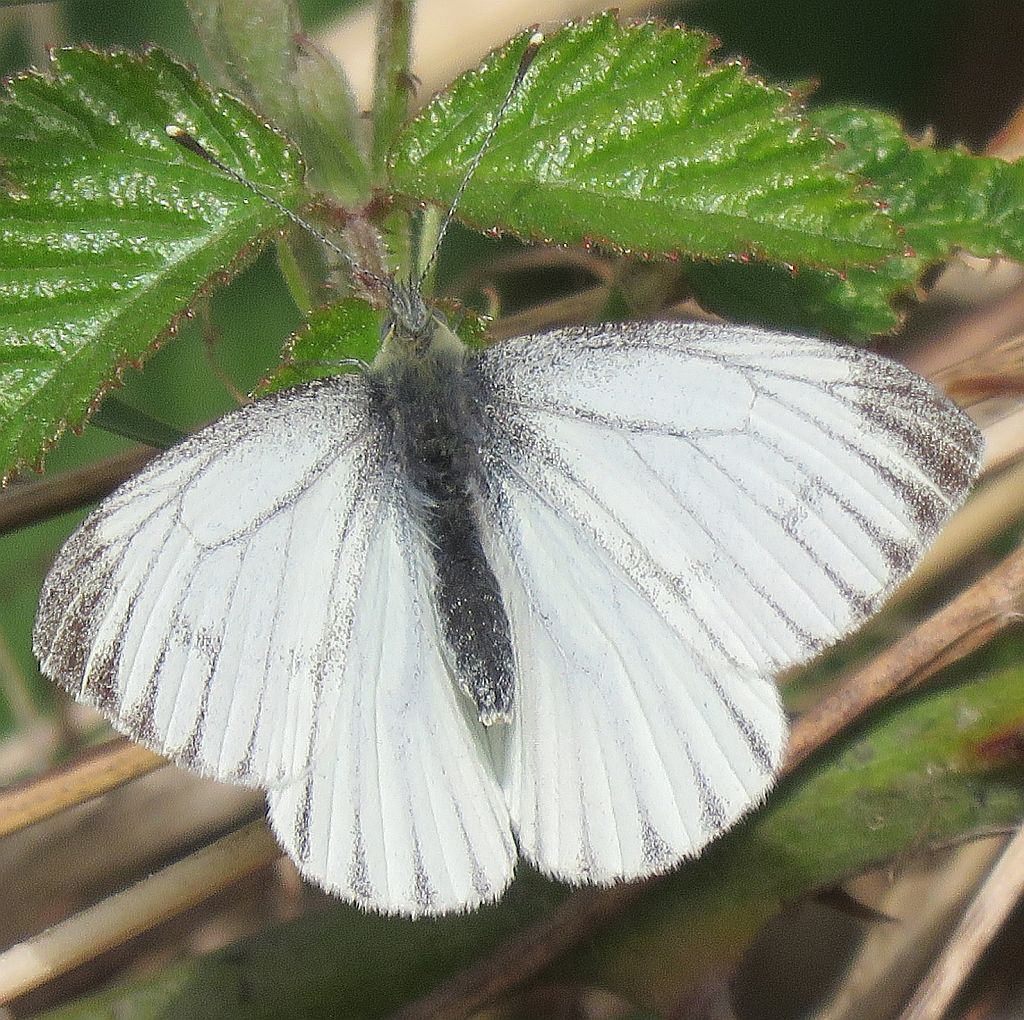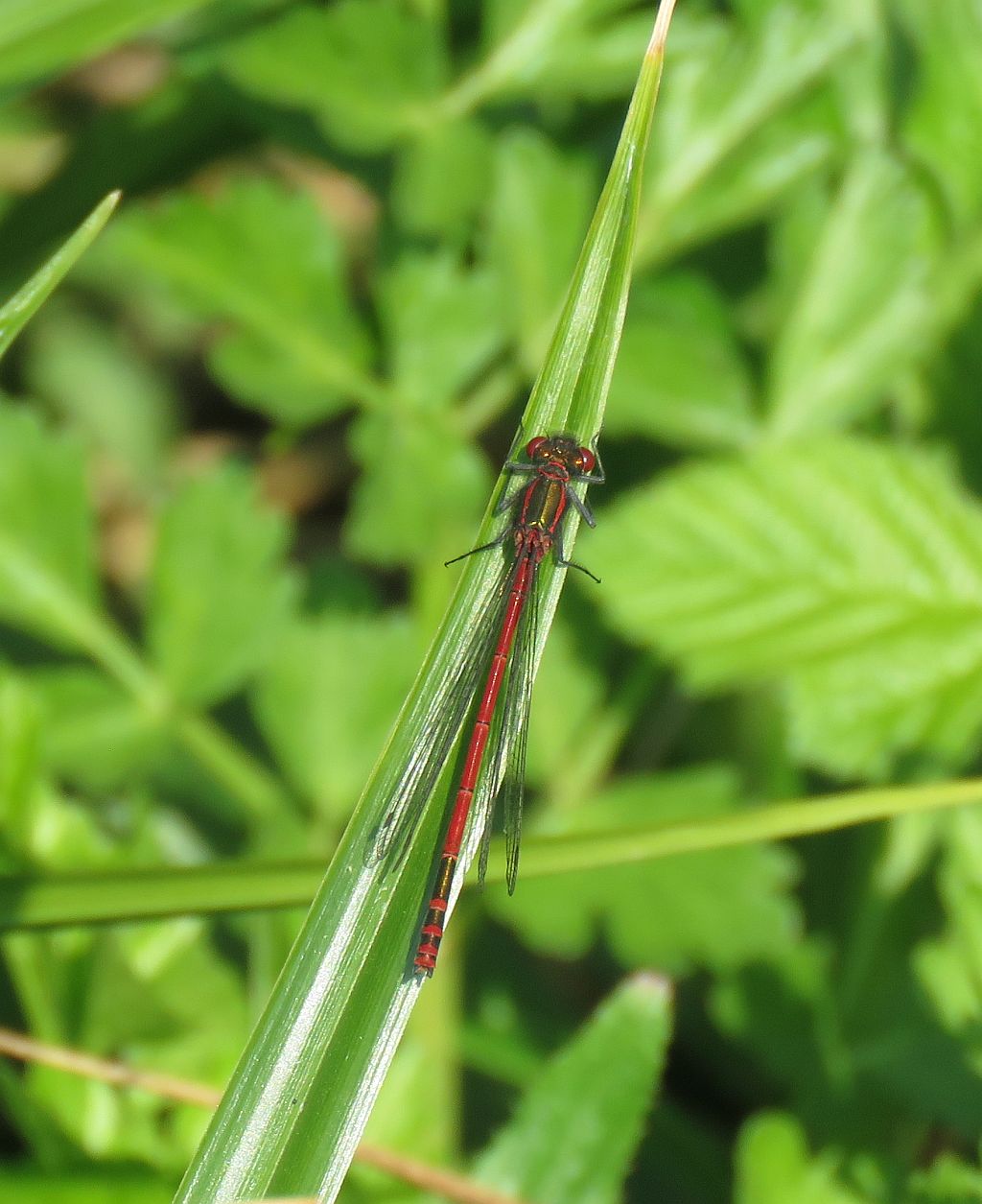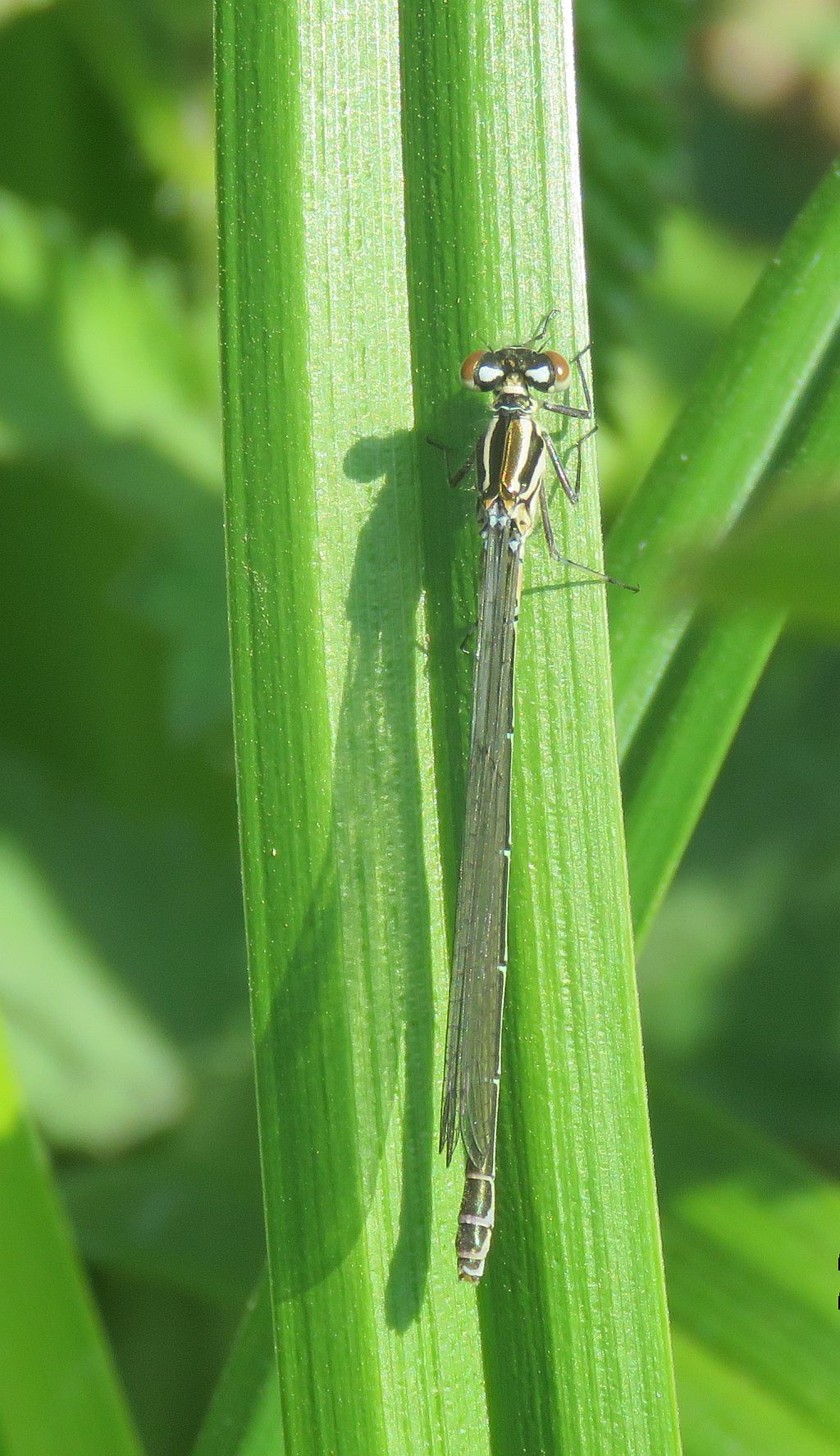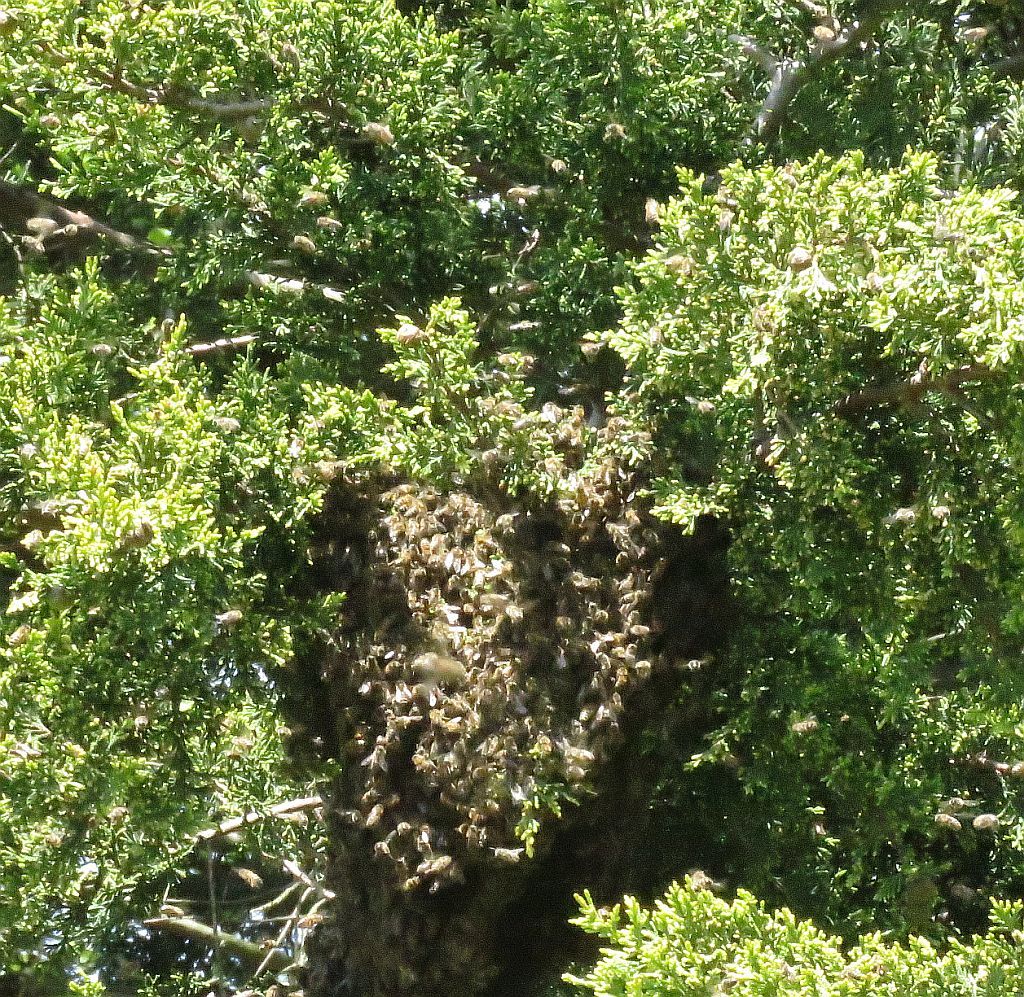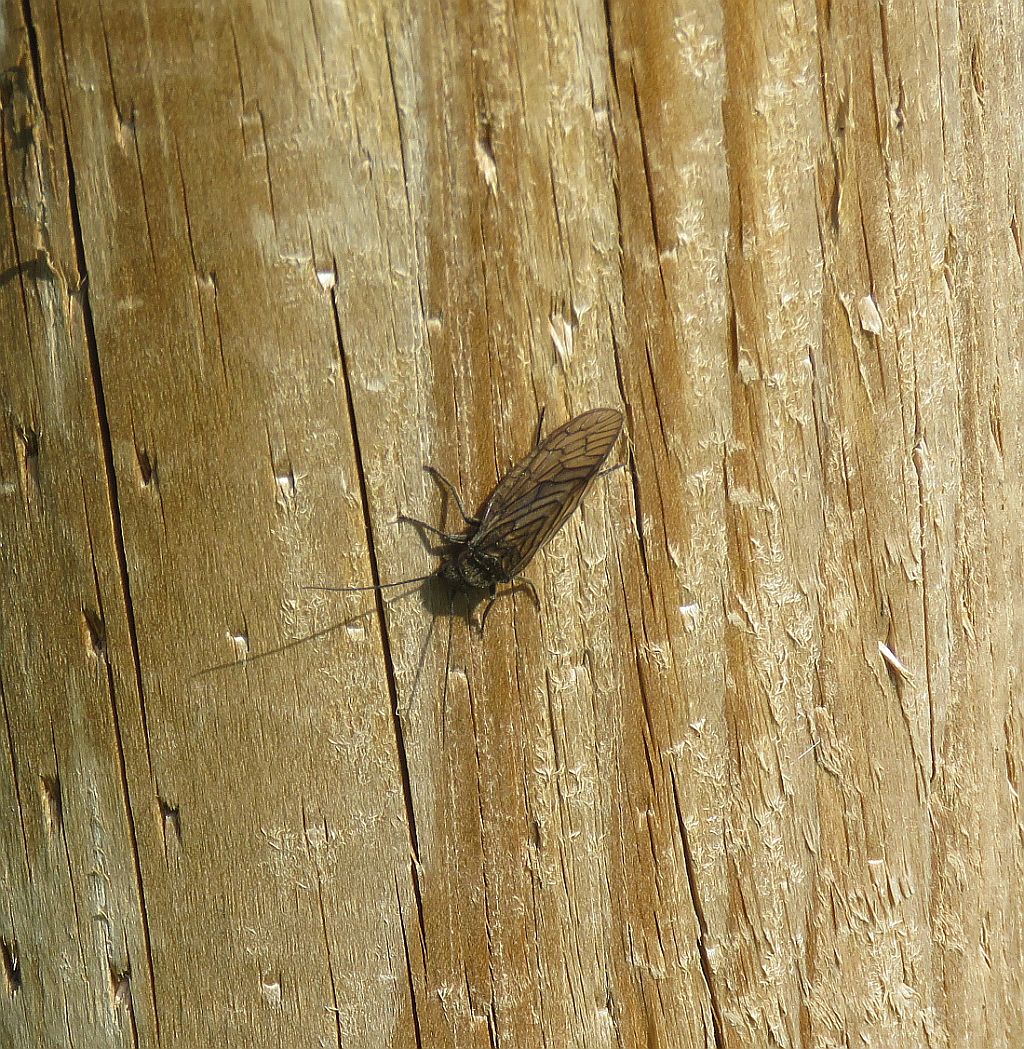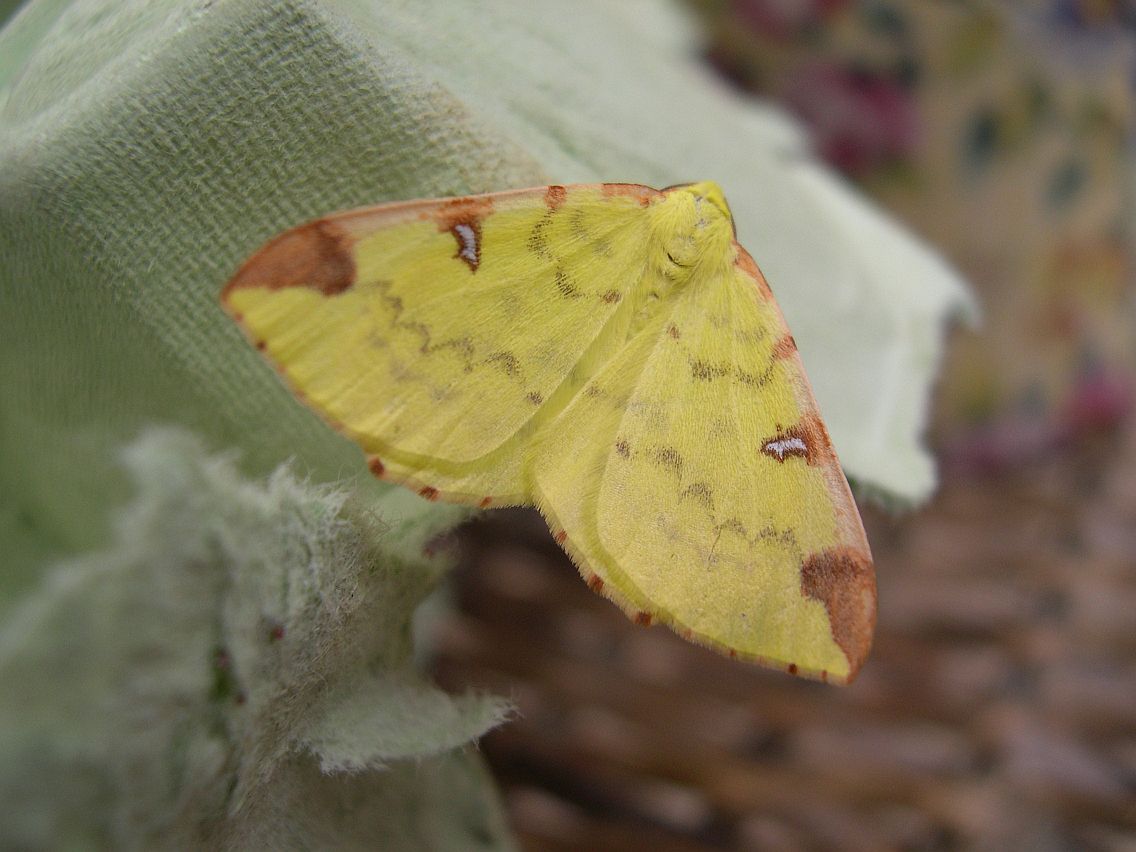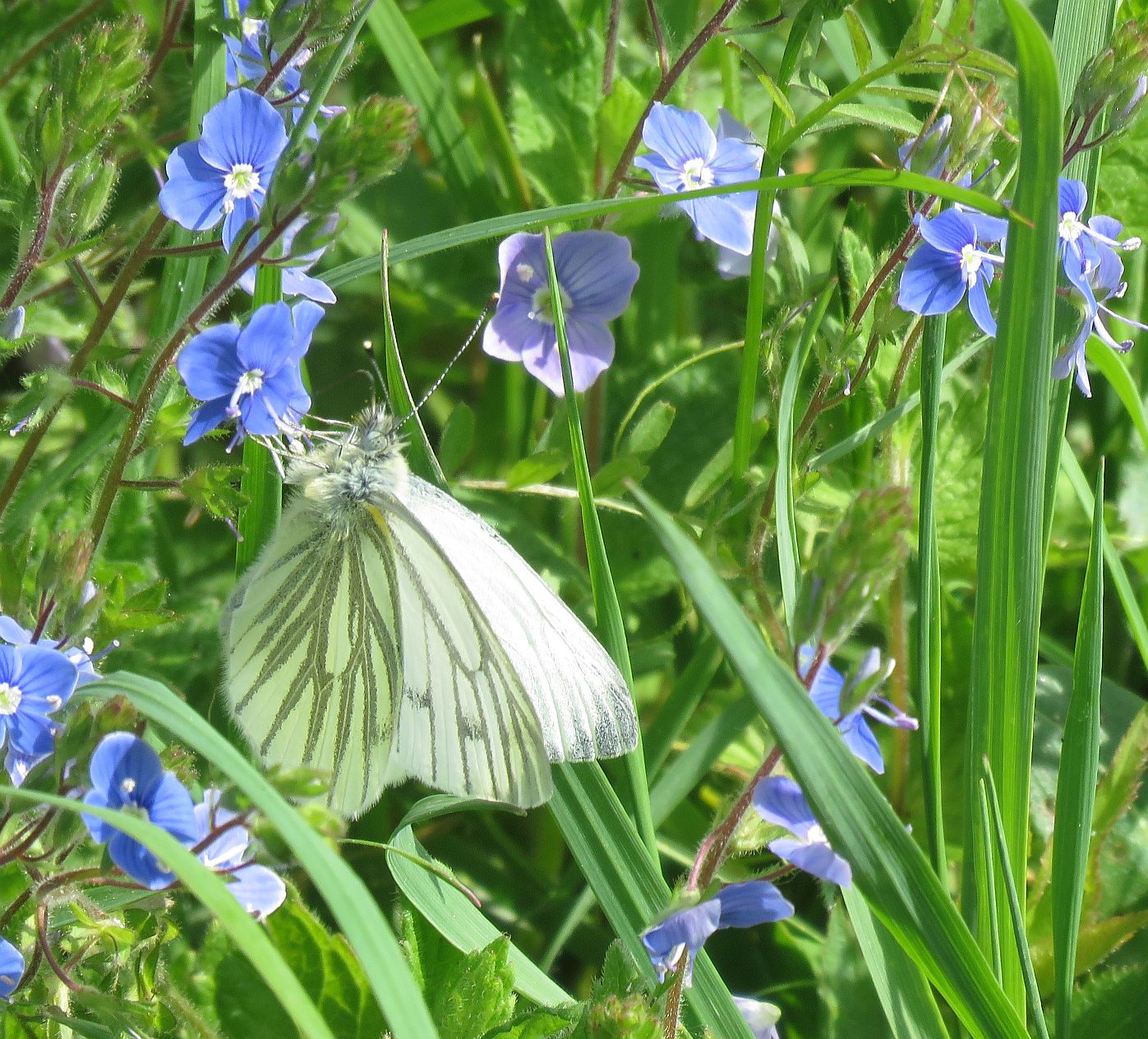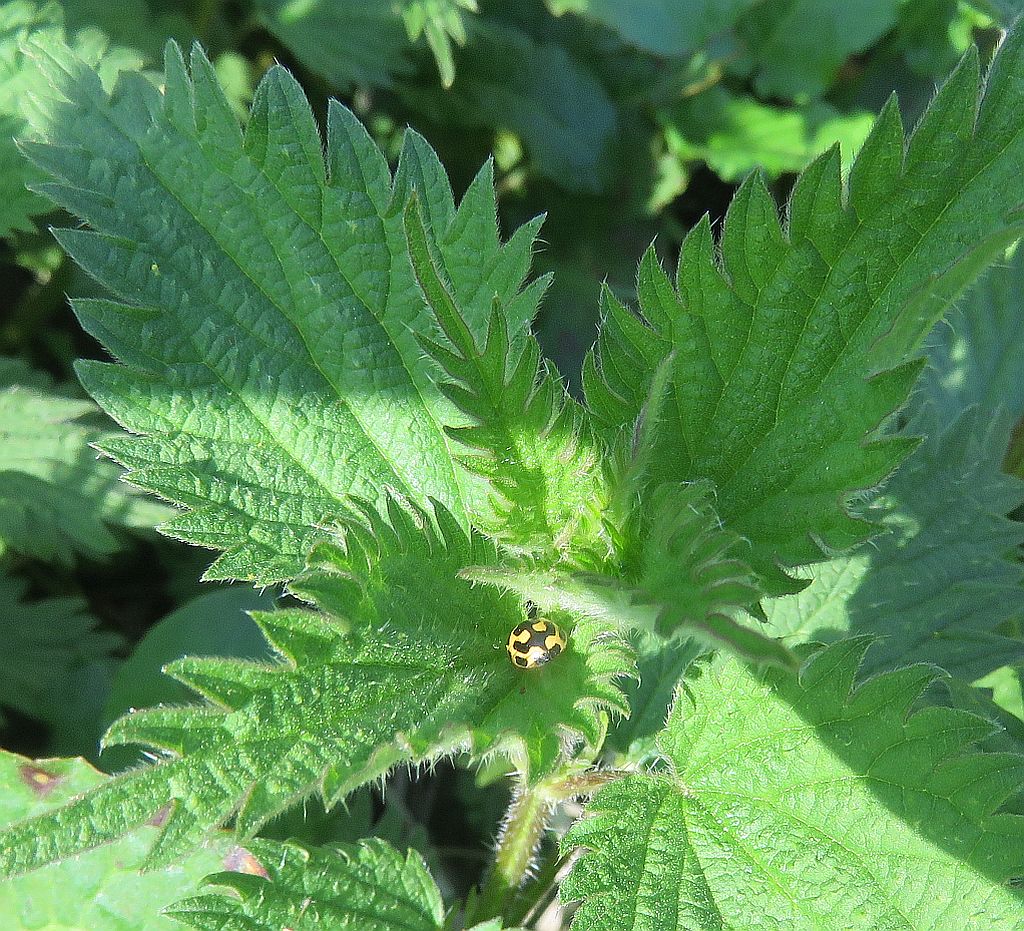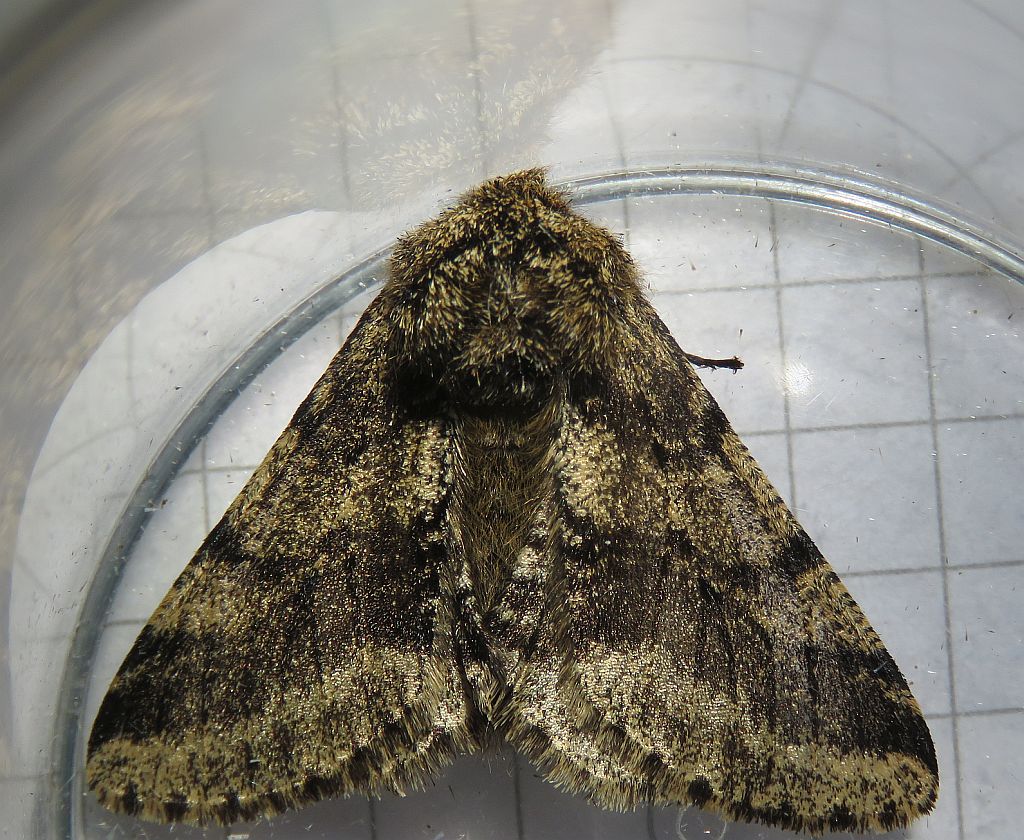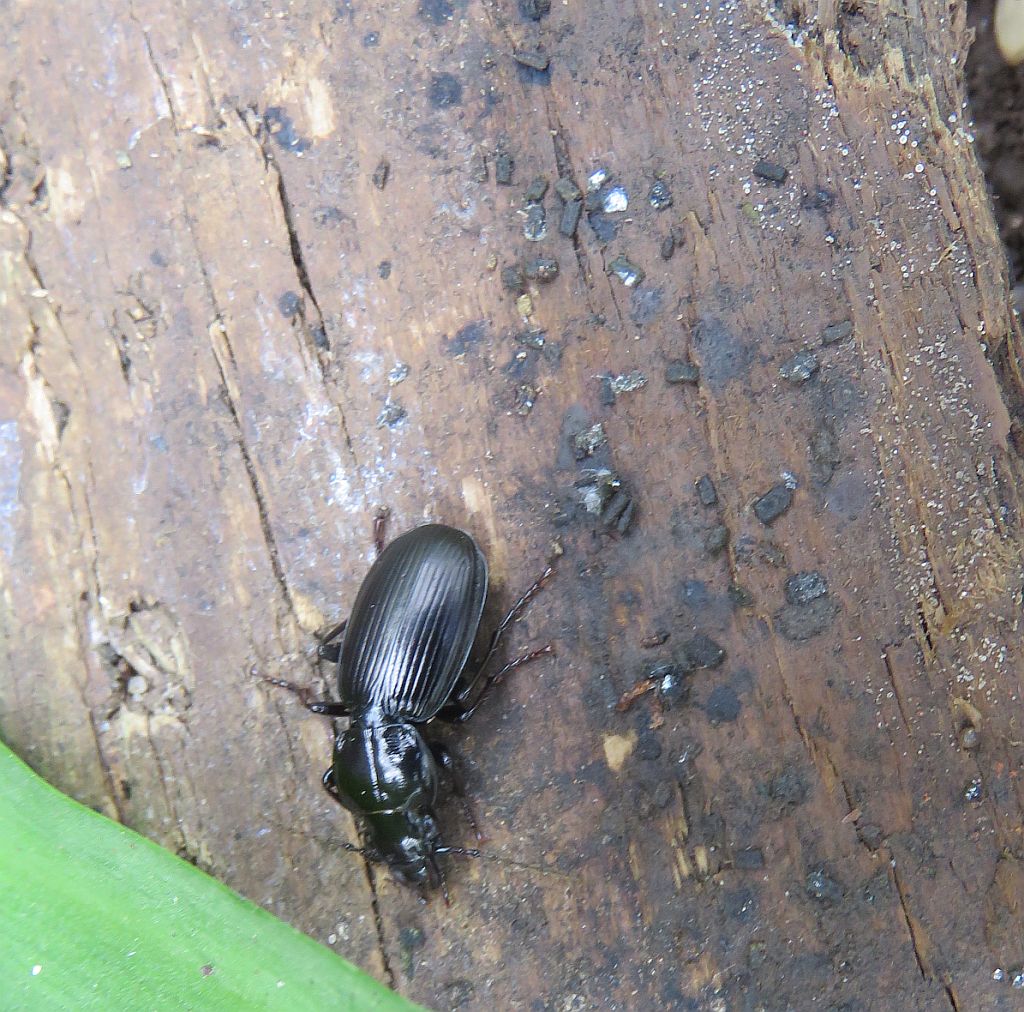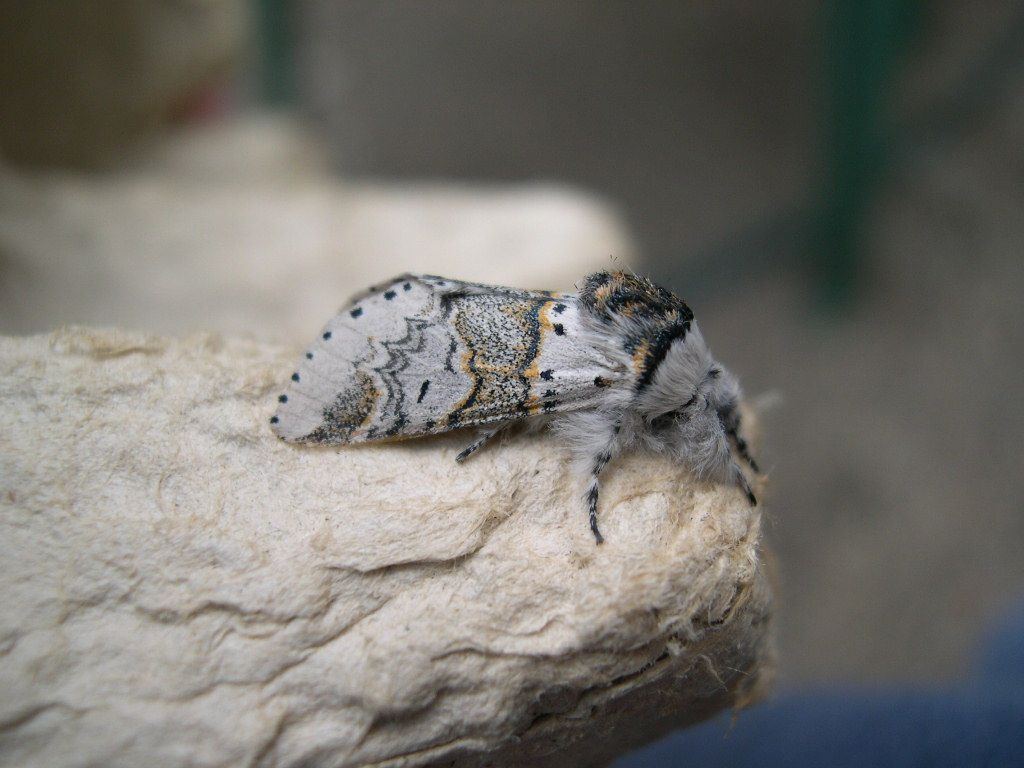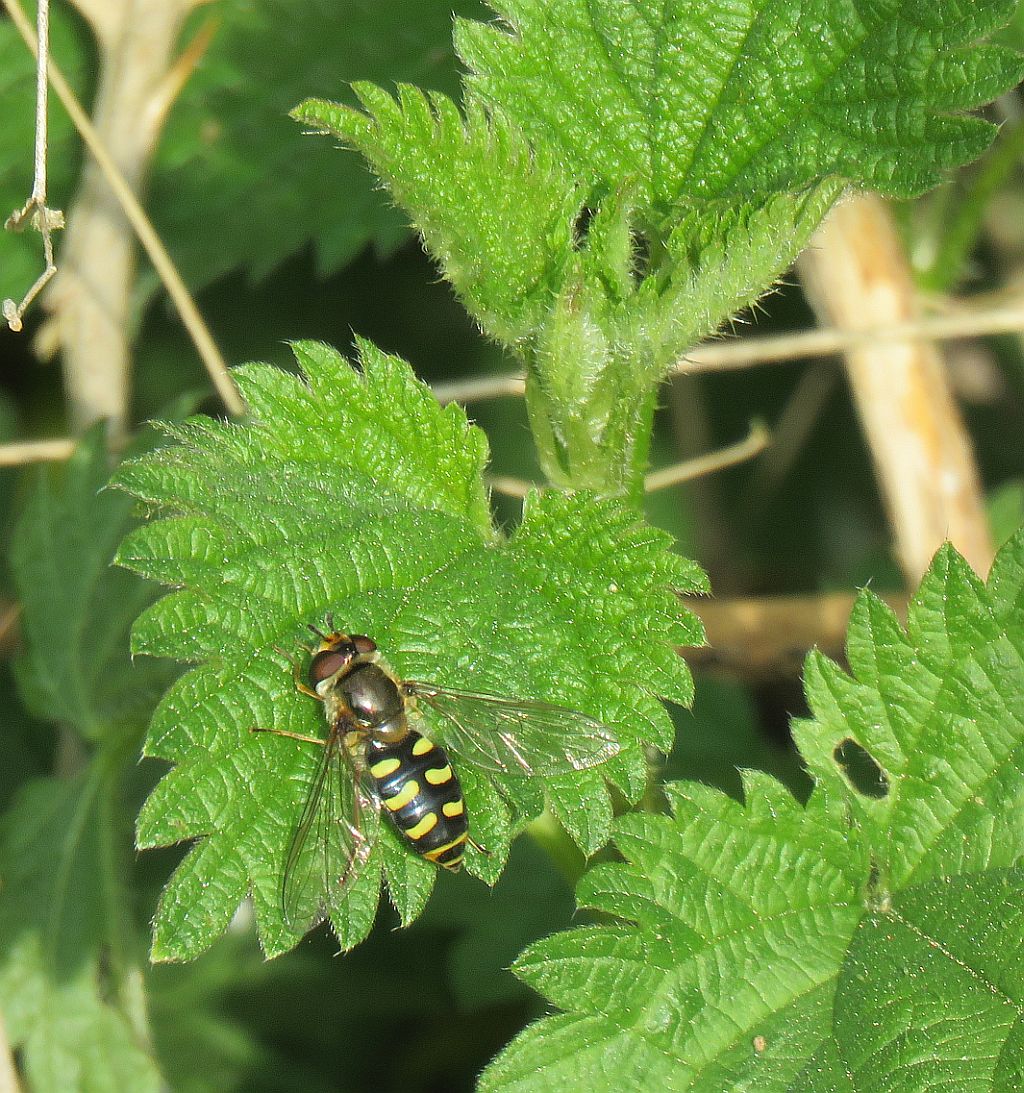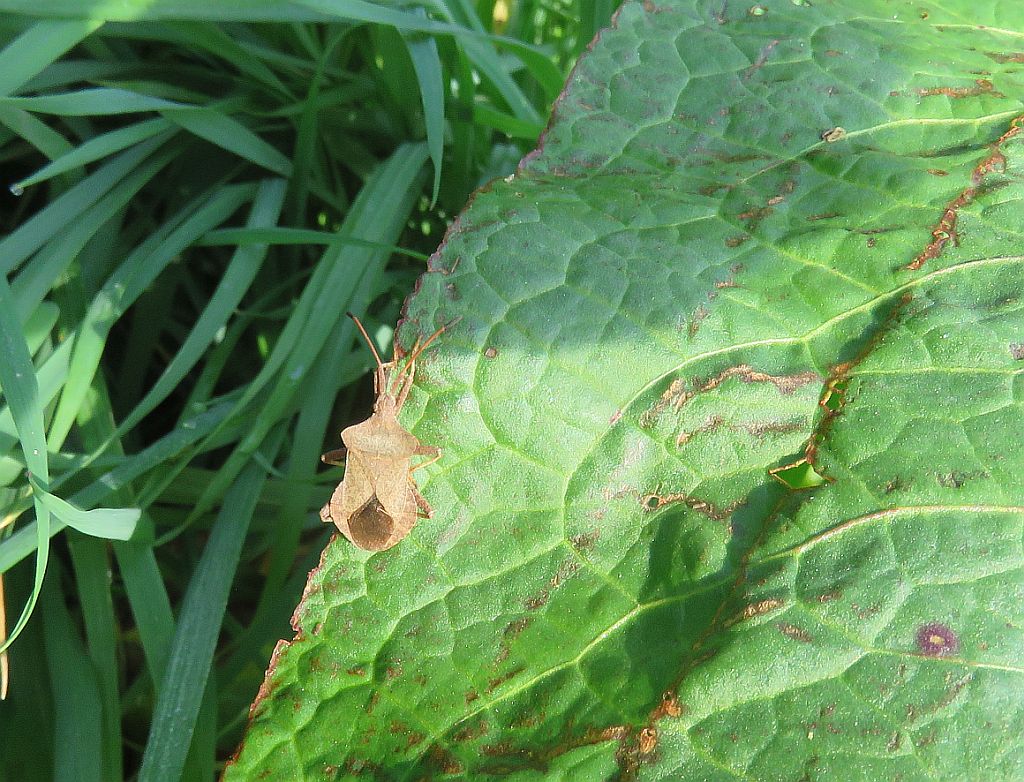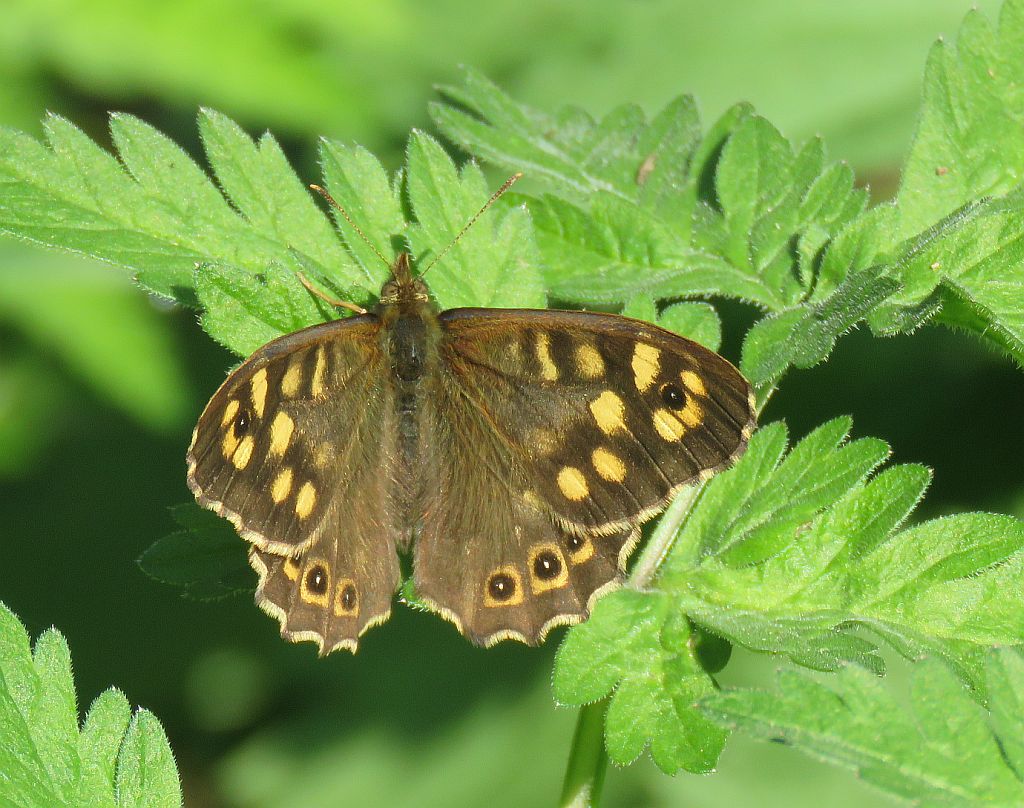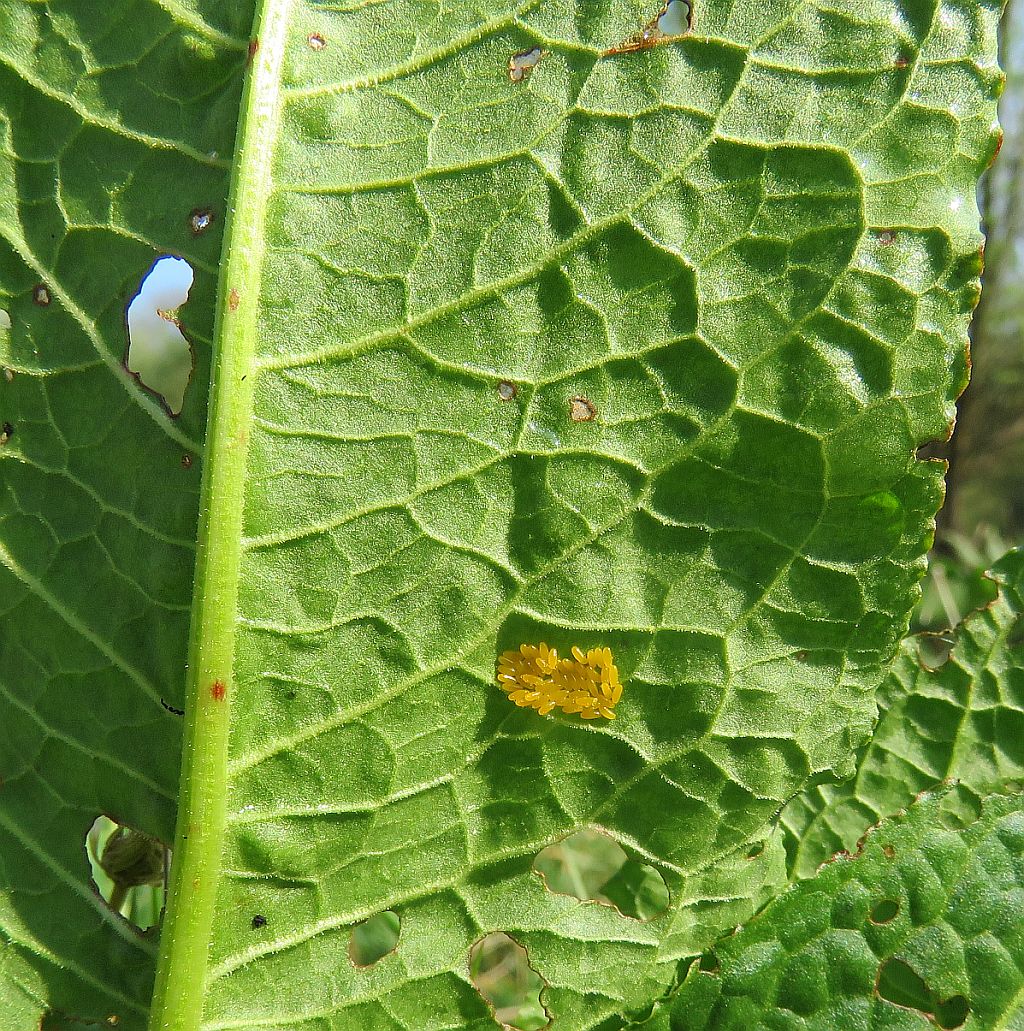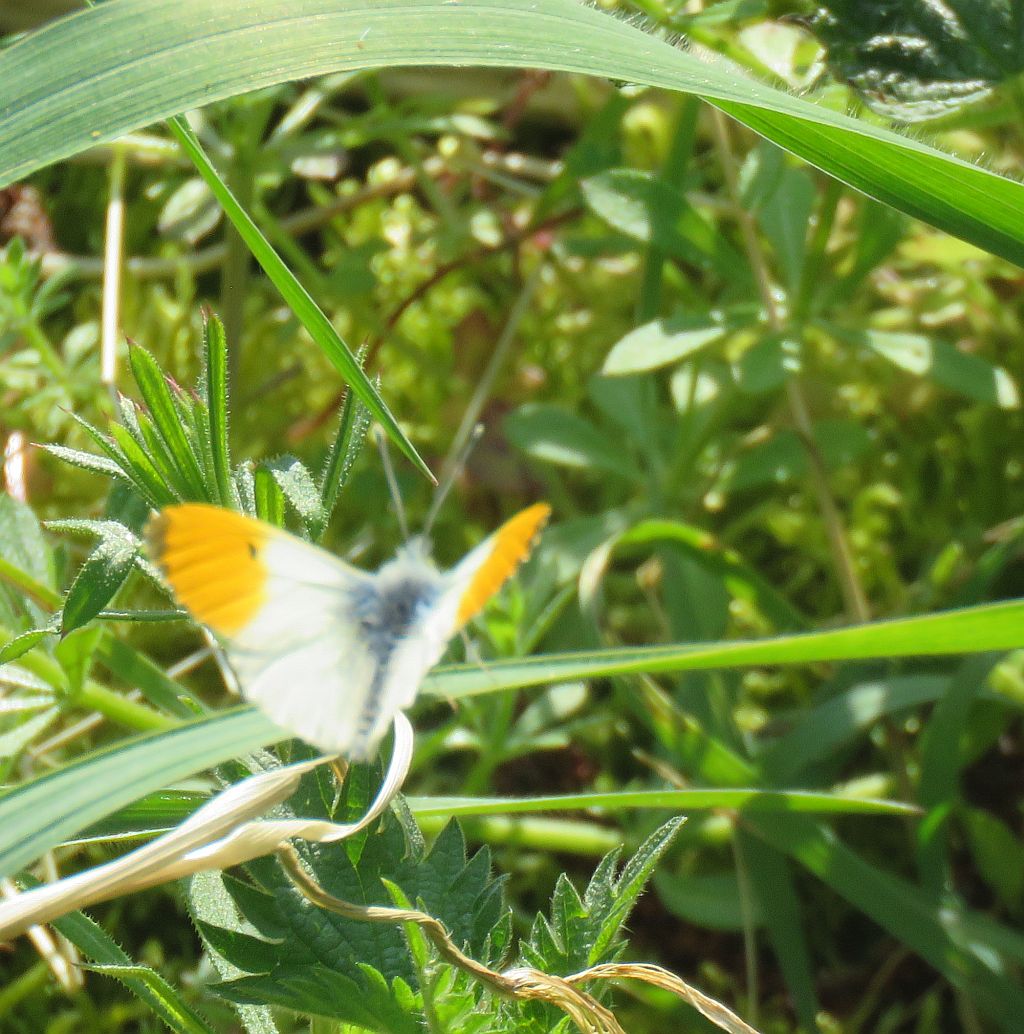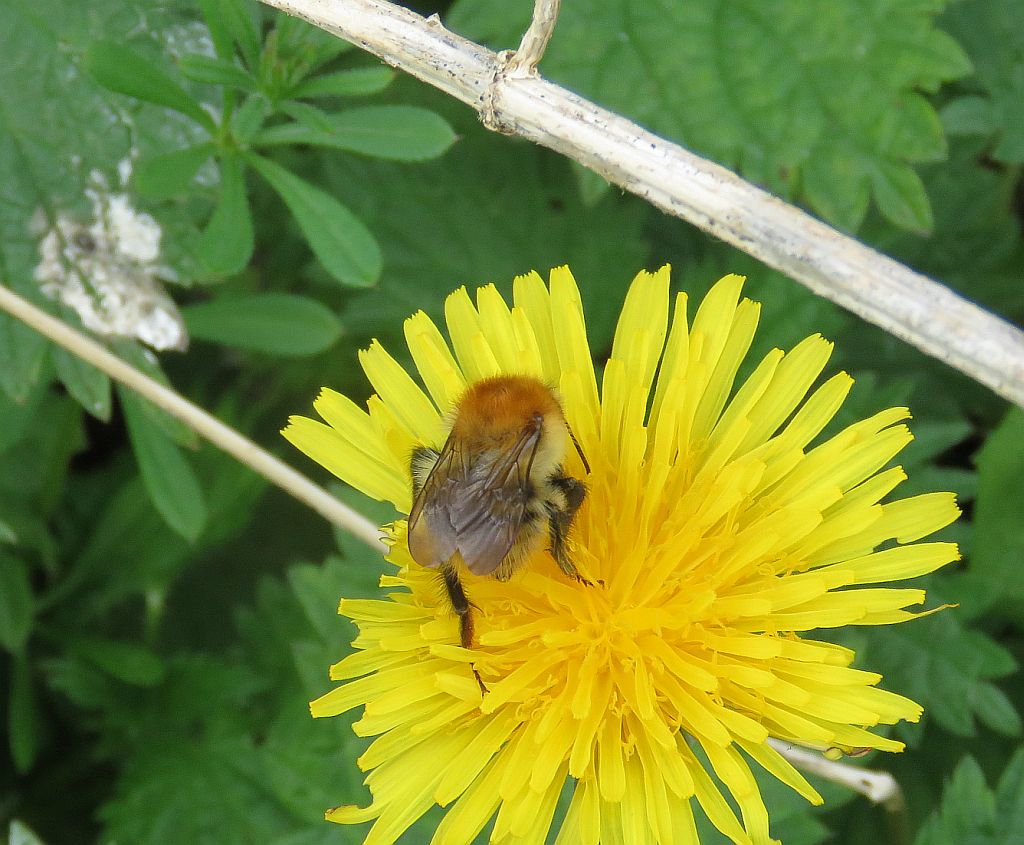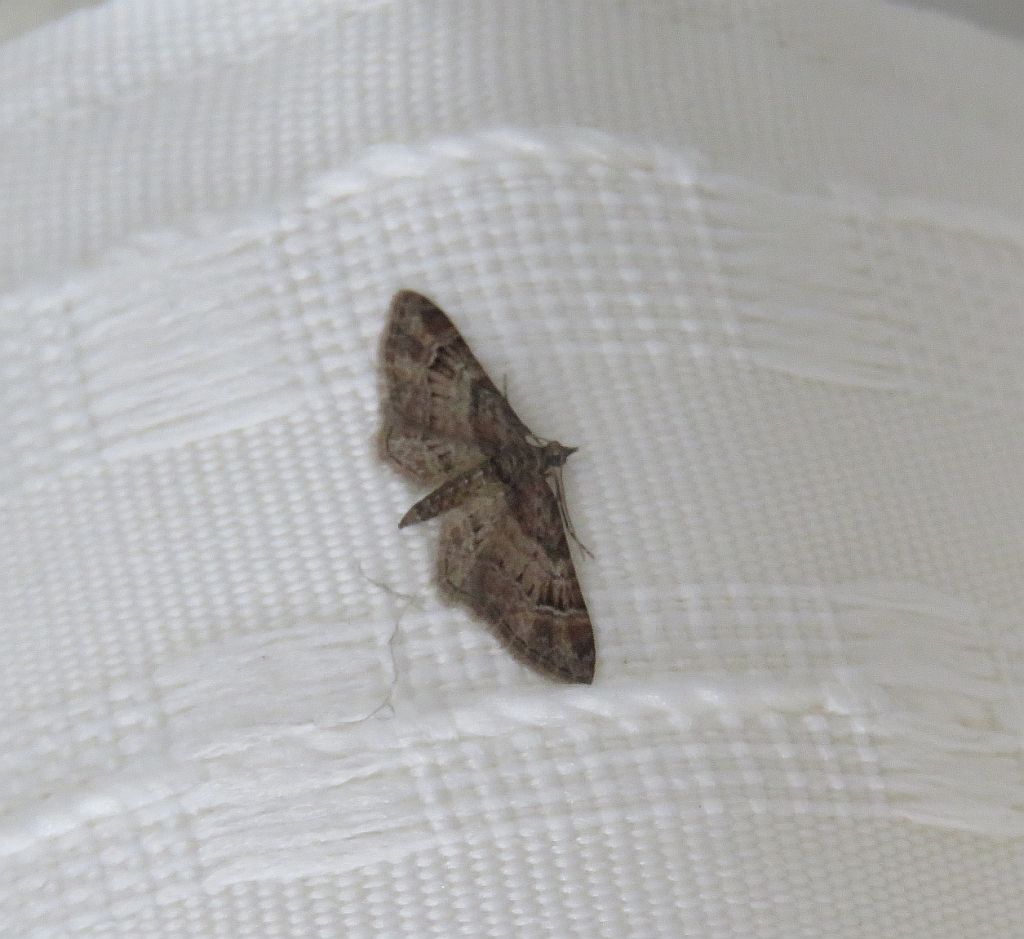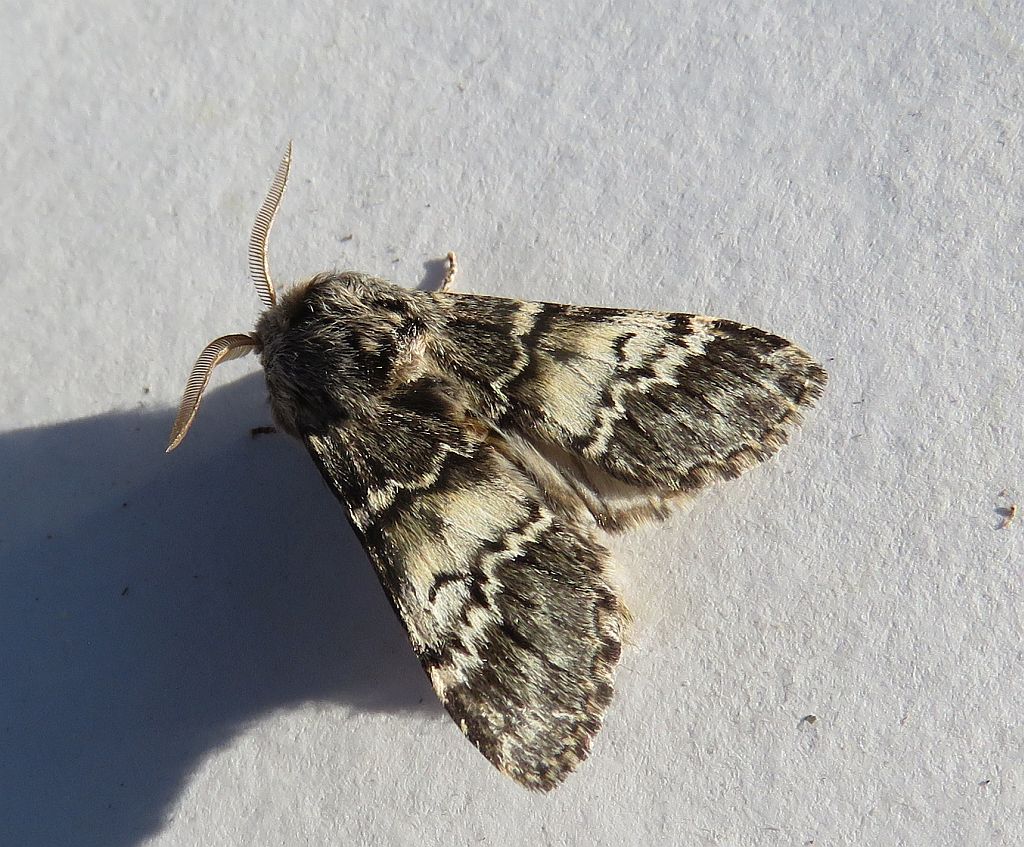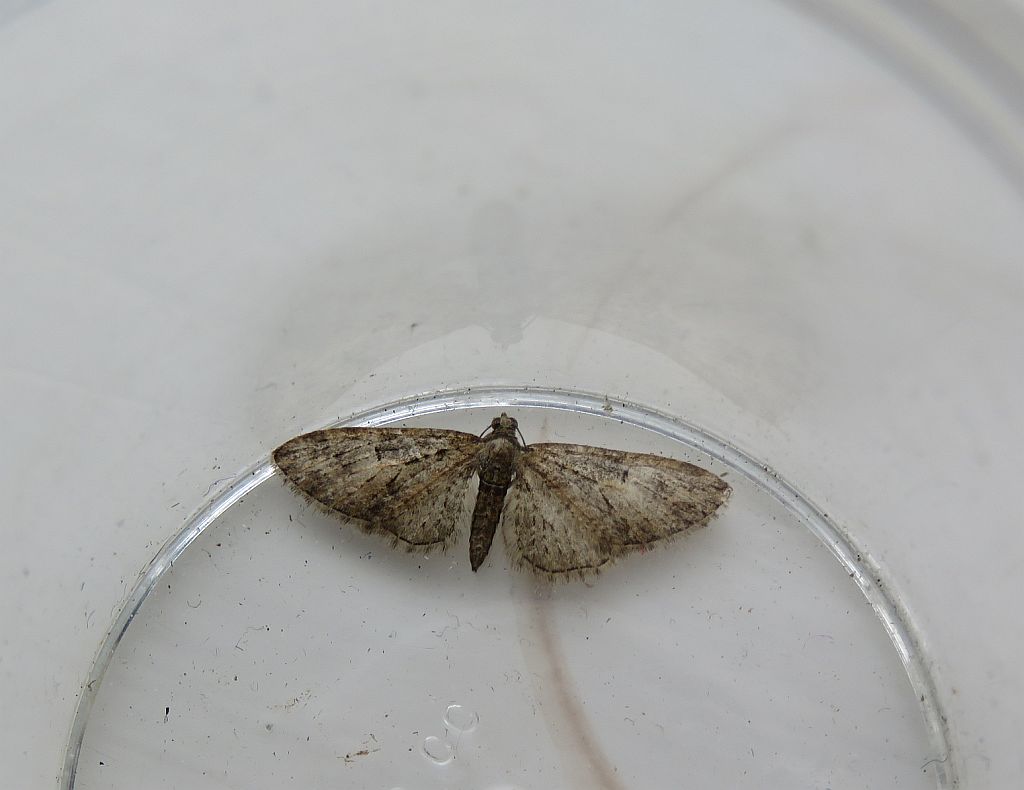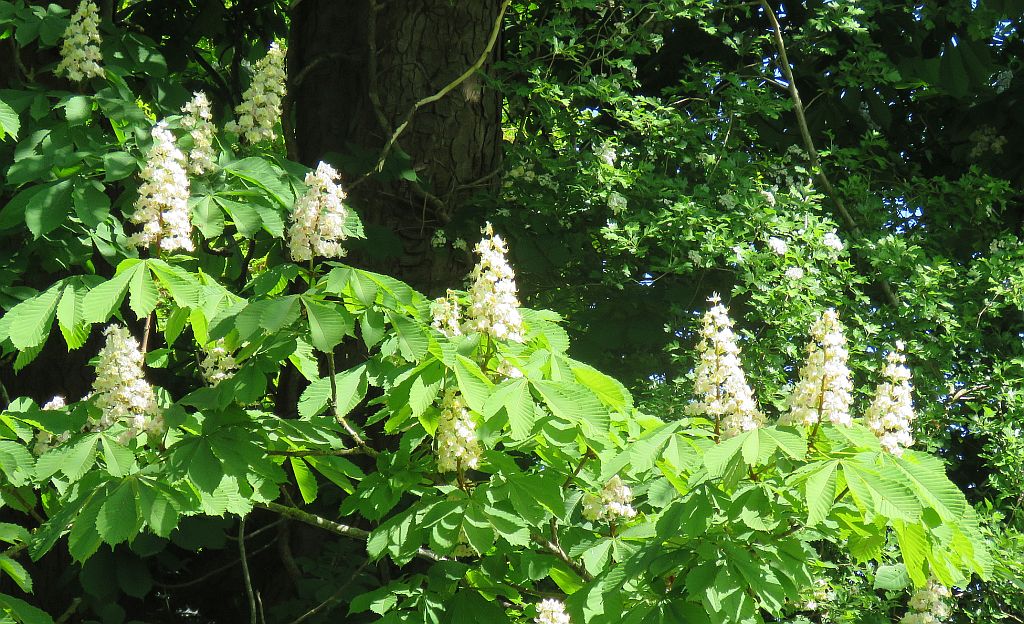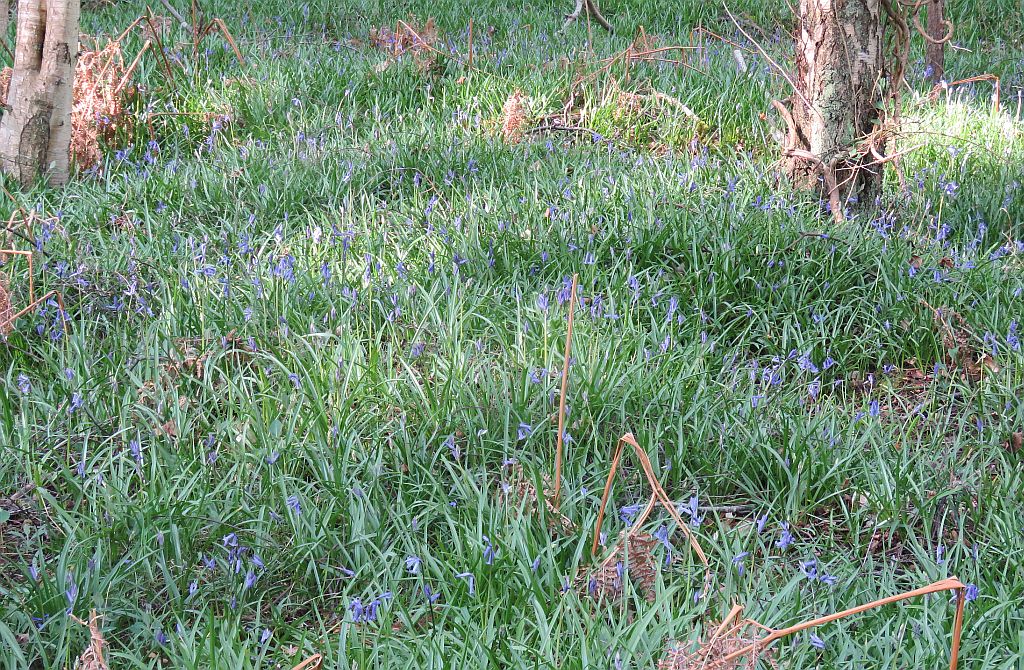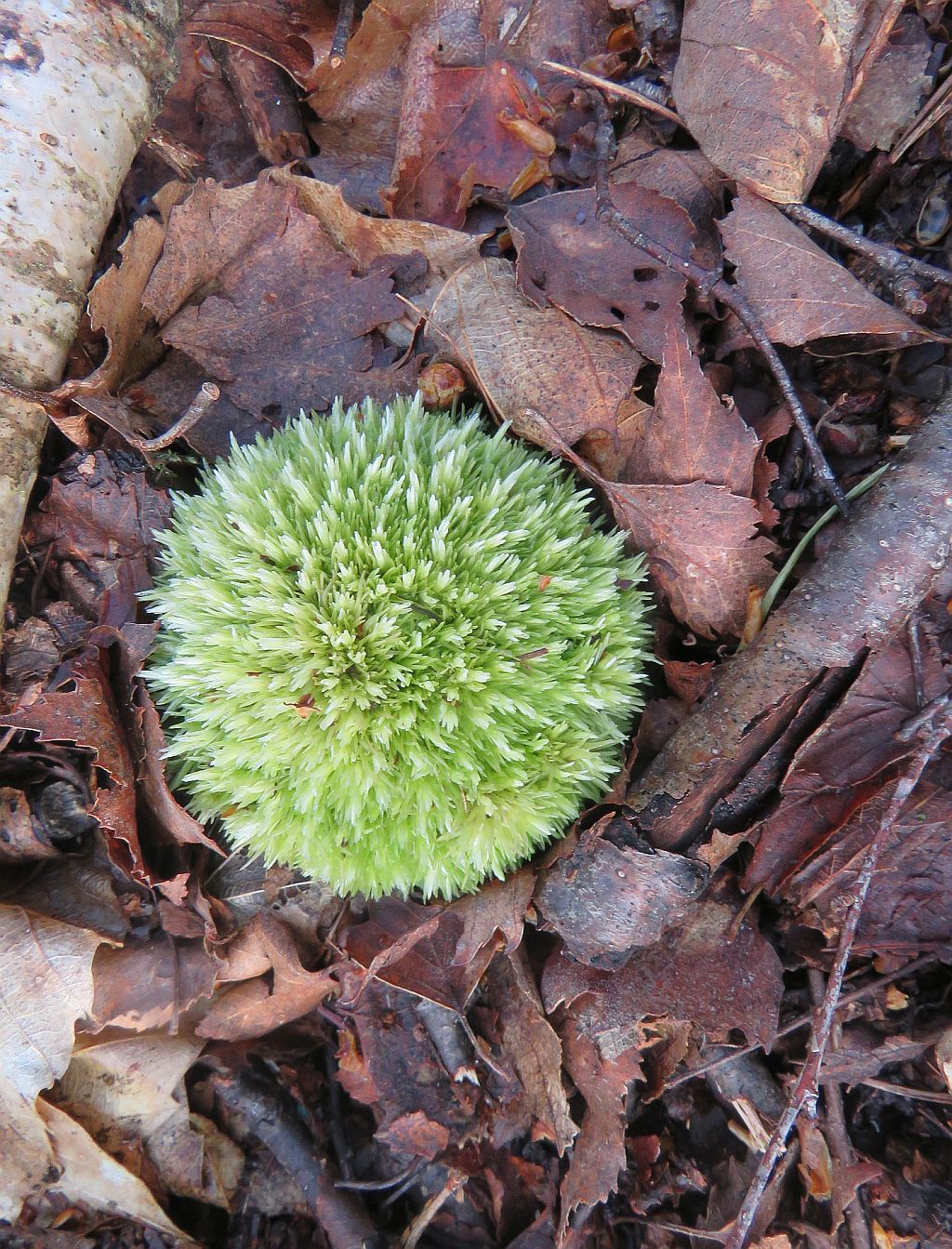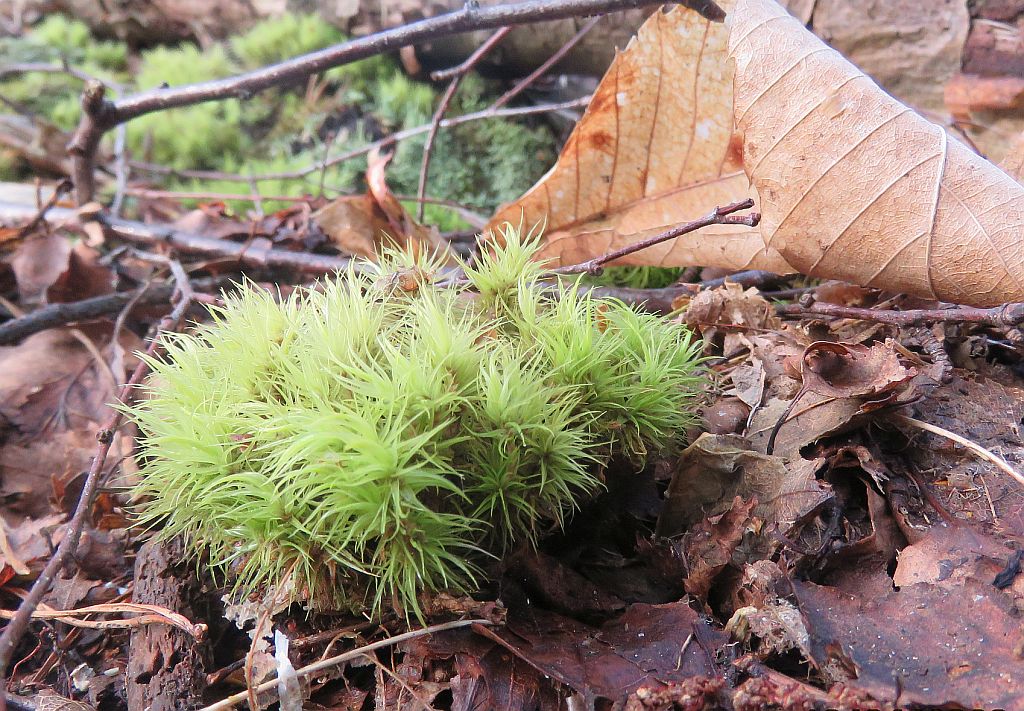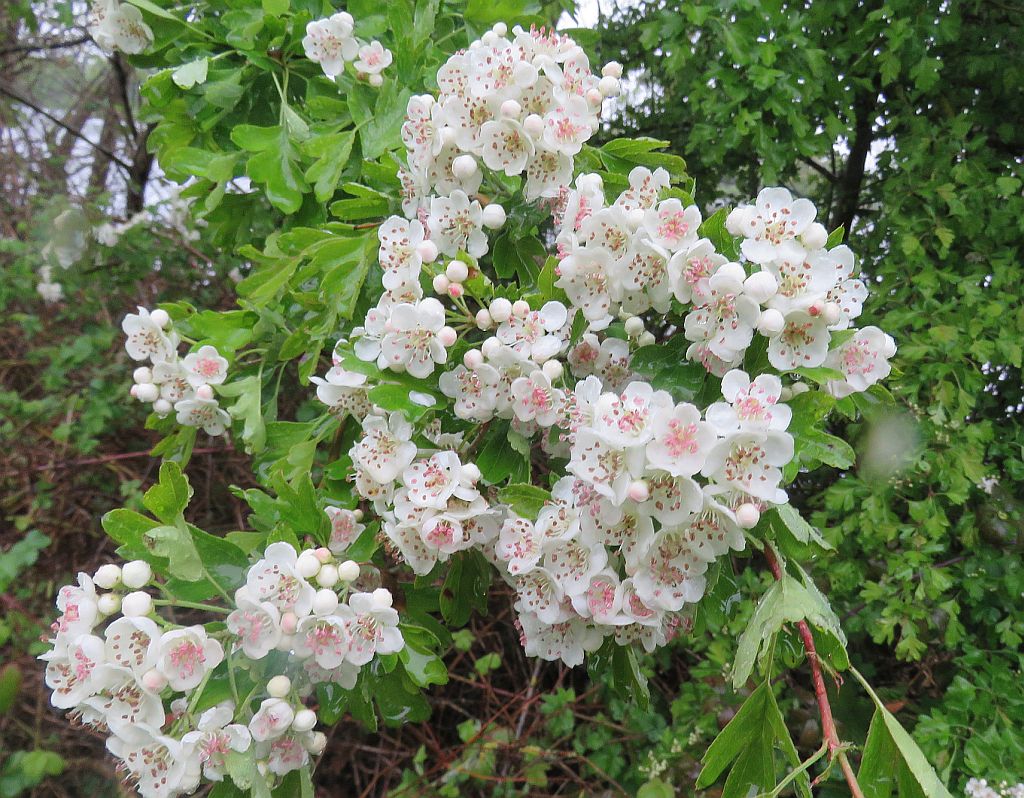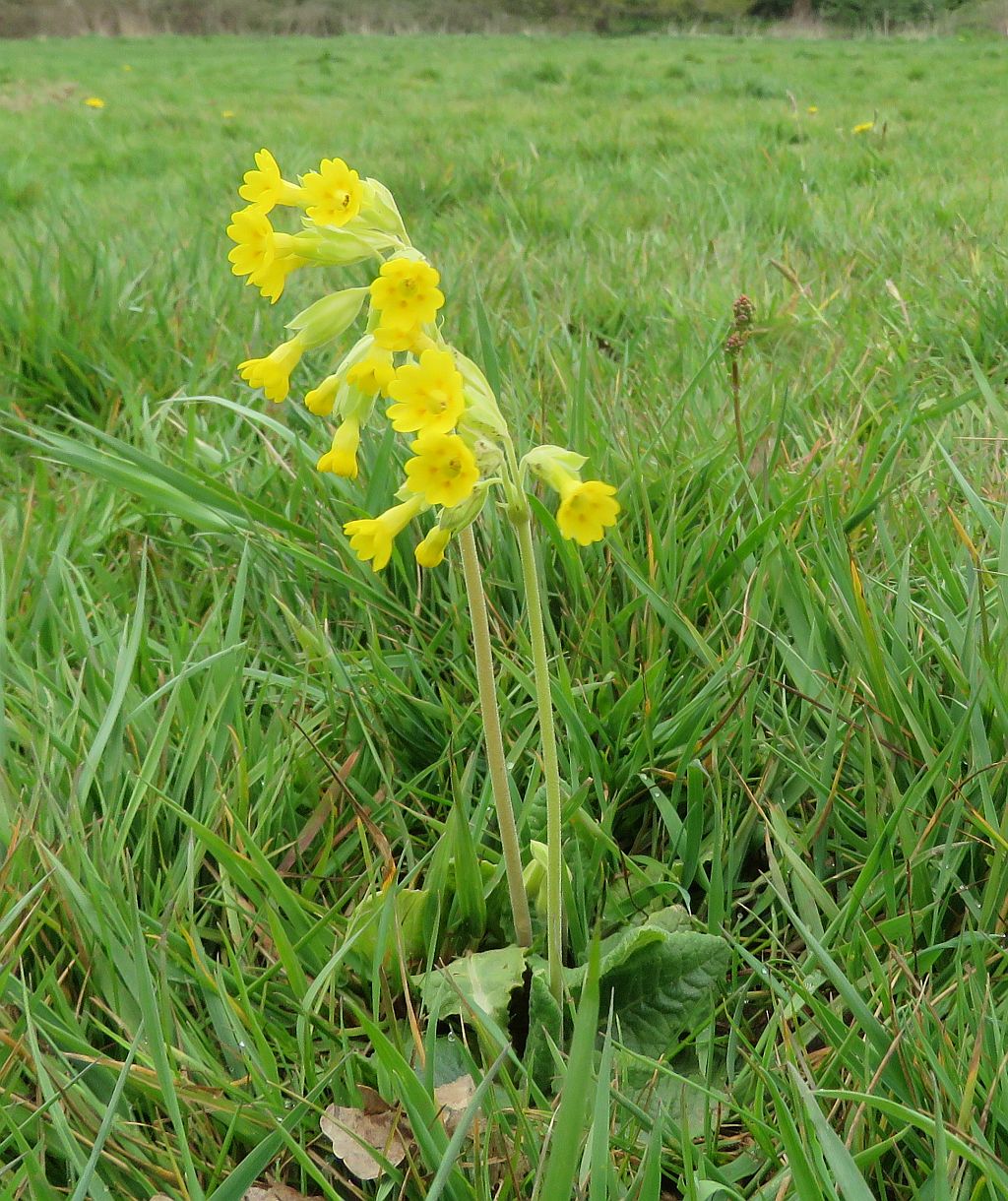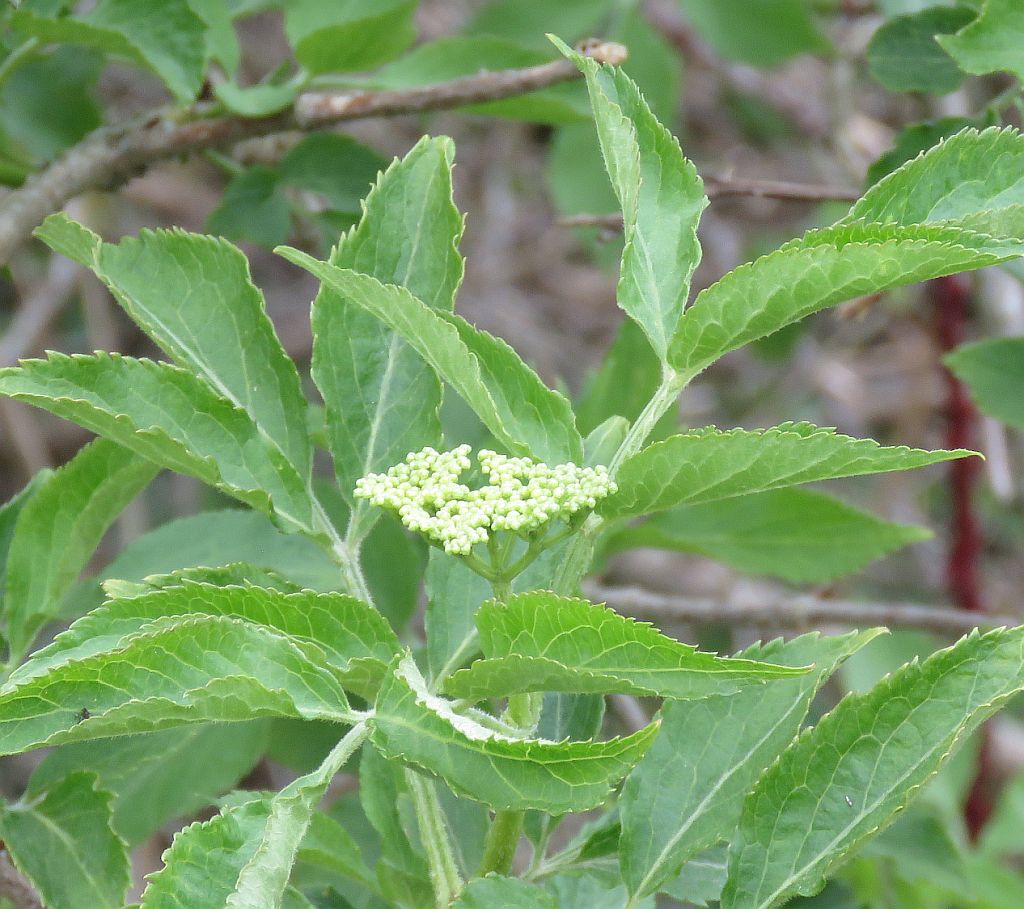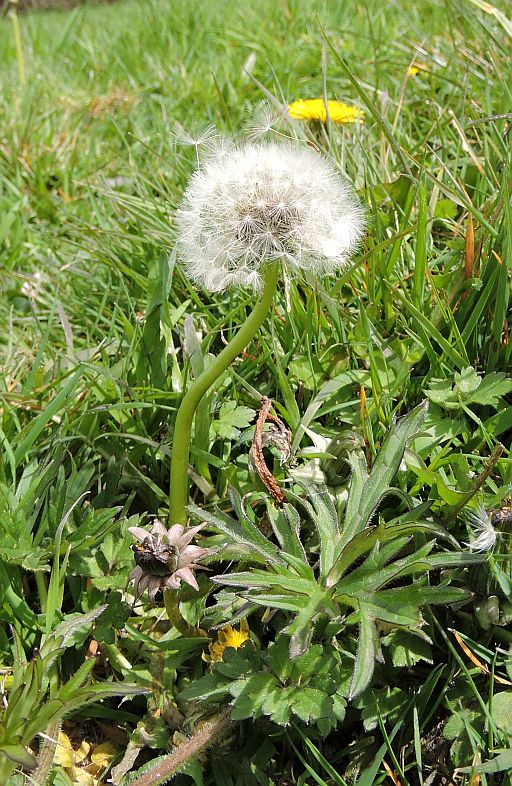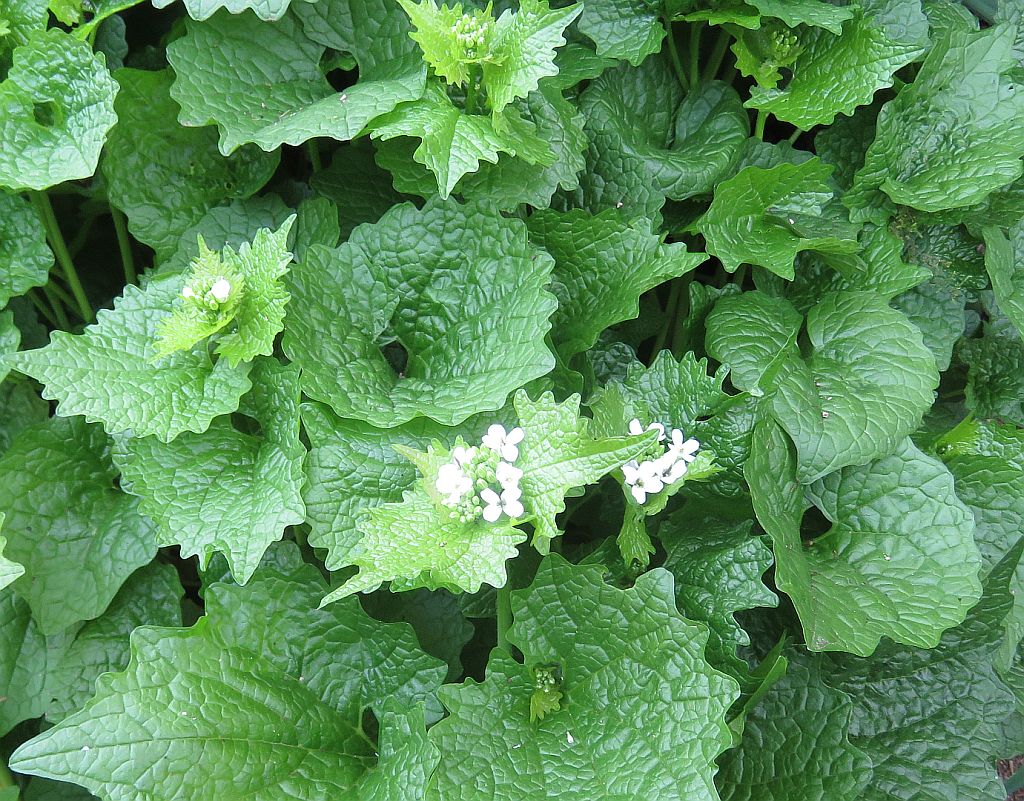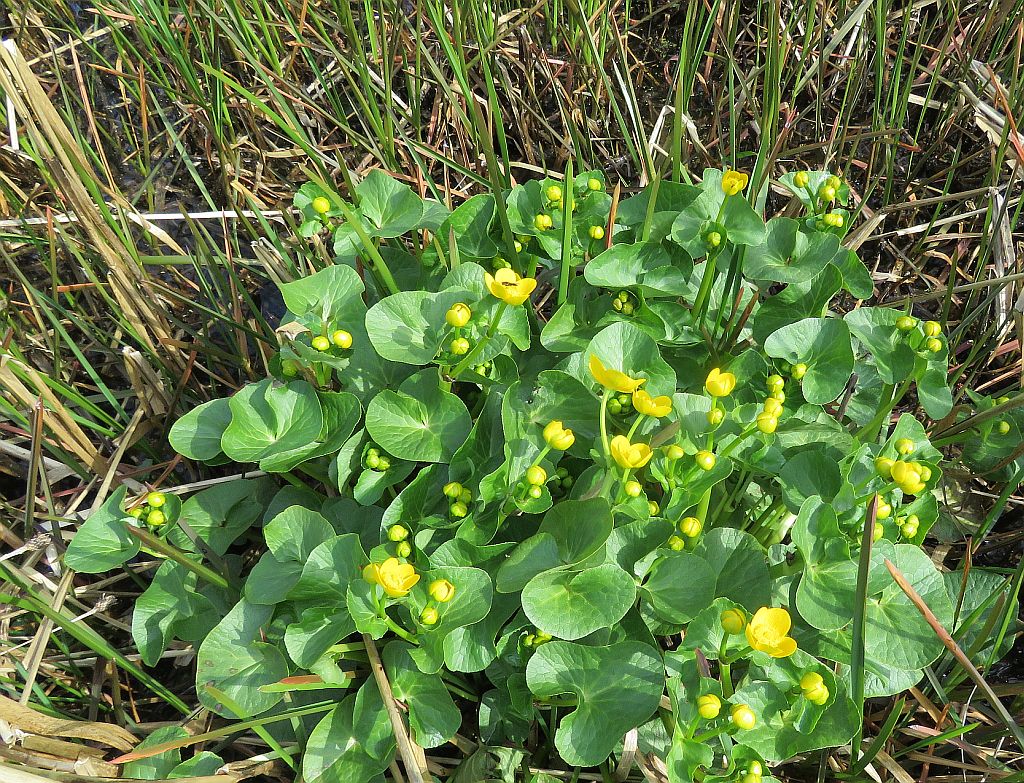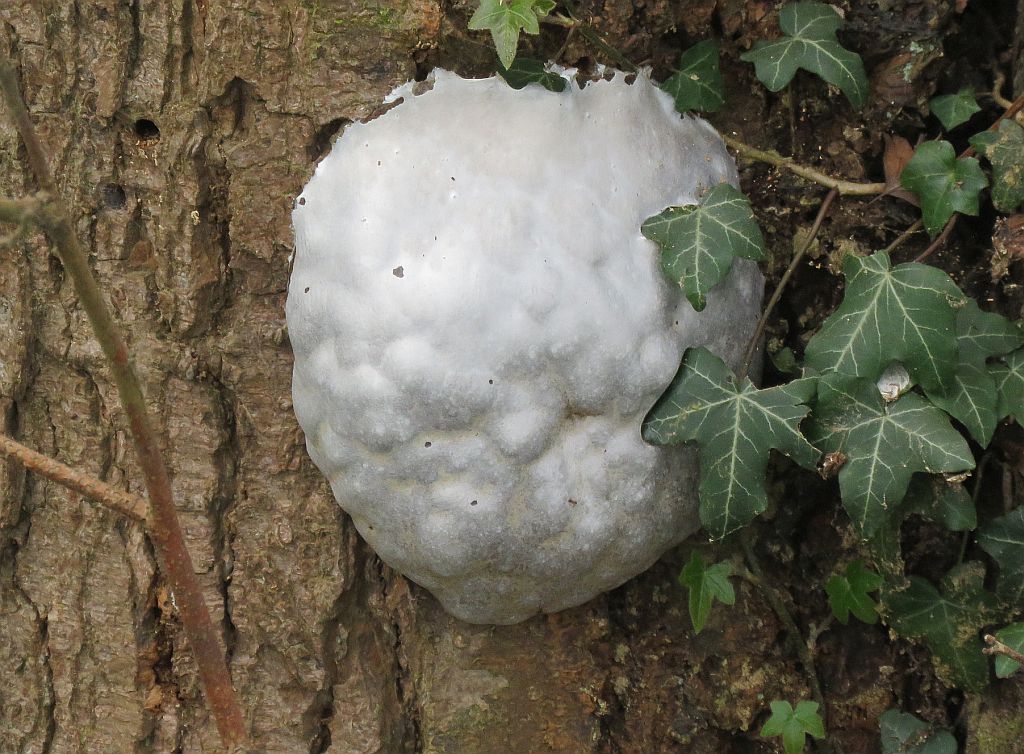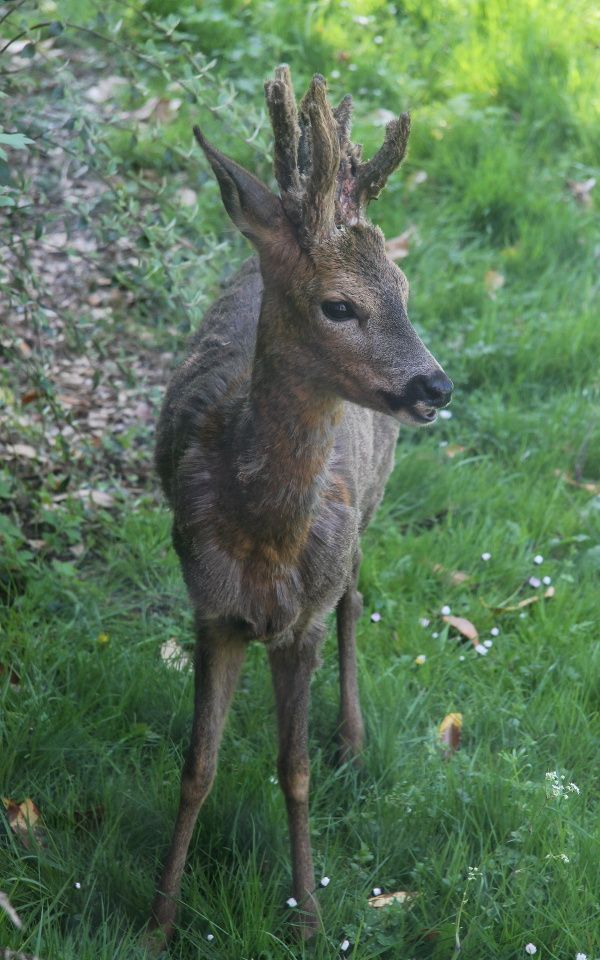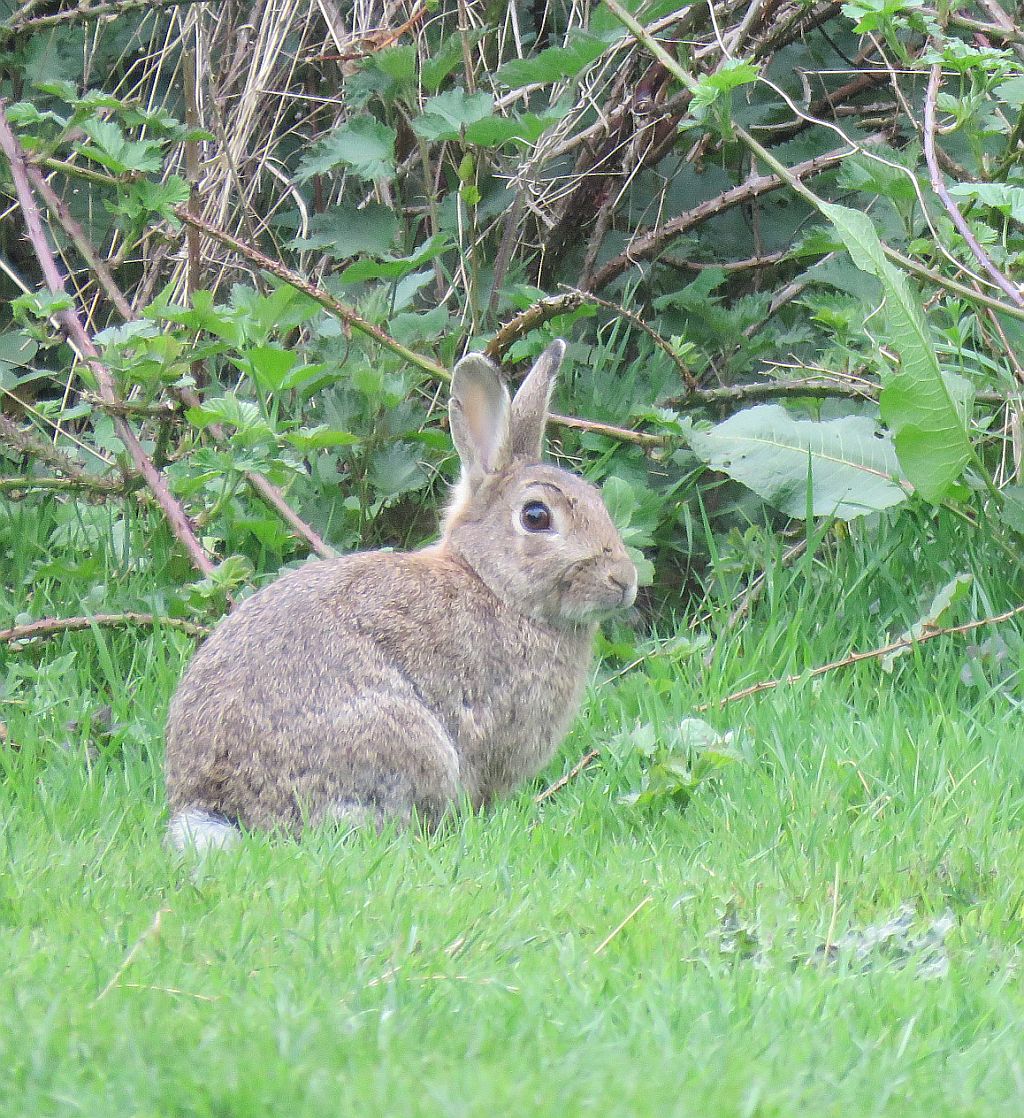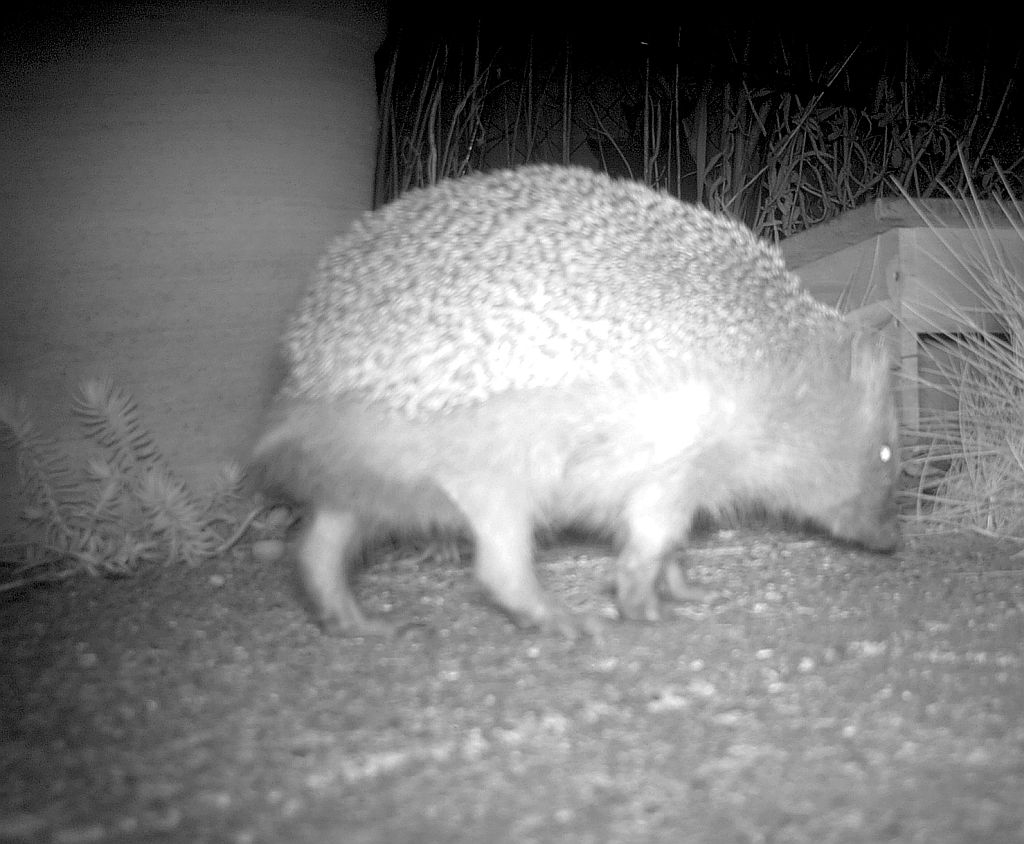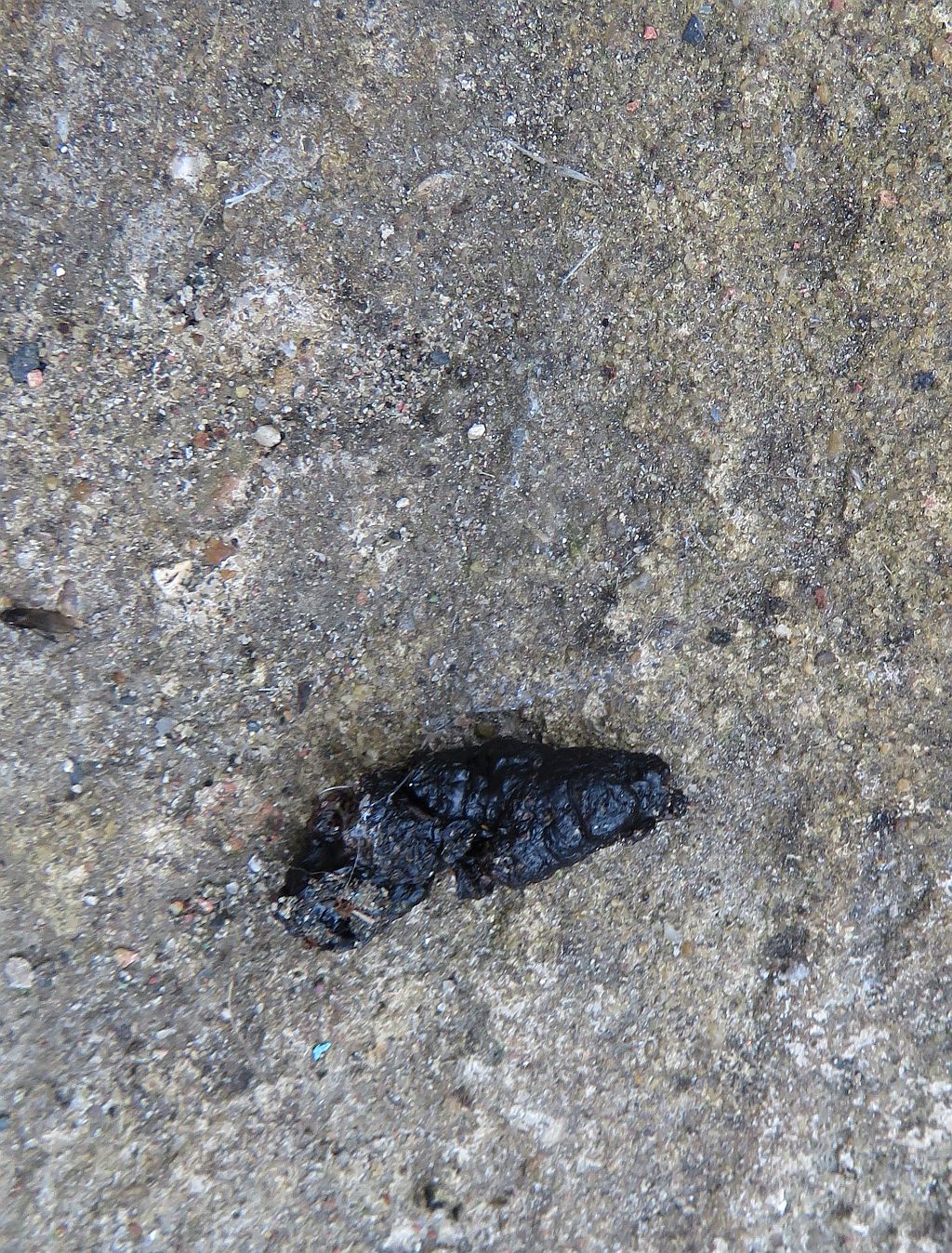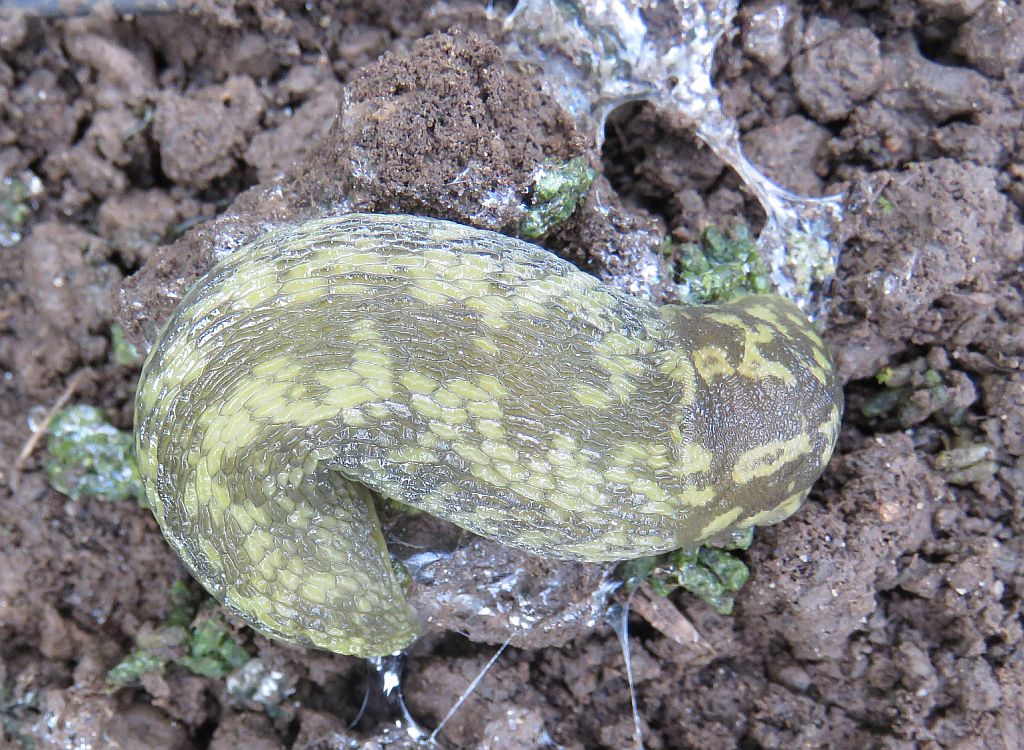Birds
What is the Dawn Chorus
30/04/20
 On my Area 5 feeders this morning for what might be the first time ever was a Carrion Crow .
On my Area 5 feeders this morning for what might be the first time ever was a Carrion Crow .
29/04/20
A Nuthatch has recently become a regular feeder to the Sunflower Hearts in my Area 5 garden.
28/04/20
Over the Emm in Area 10 by the Dinton Activity Centre were hundreds of Swallow , Sand Martin and House Martin . Also thrown in for good measure were a few Swift .
26/04/20
At 05:45, 2 Grey Heron flew over my Area 5 garden heading for the river.At Old Forest Road Meadows in Area 8 at lunchtime a Willow Warbler was briefly seen and heard from trees adjacent to the A329M. In Area 7 Rik Dawson saw a male Kestrel It flew from an oak on the building site on the North side of Queens Road, seen from end of Potter Crescent.Paul O'Neill saw a female Kestrel sat in a dead tree at Matthews Green Farm. A male Sparrowhawk was flying South to North over Matthews Green Farm.
25/04/20
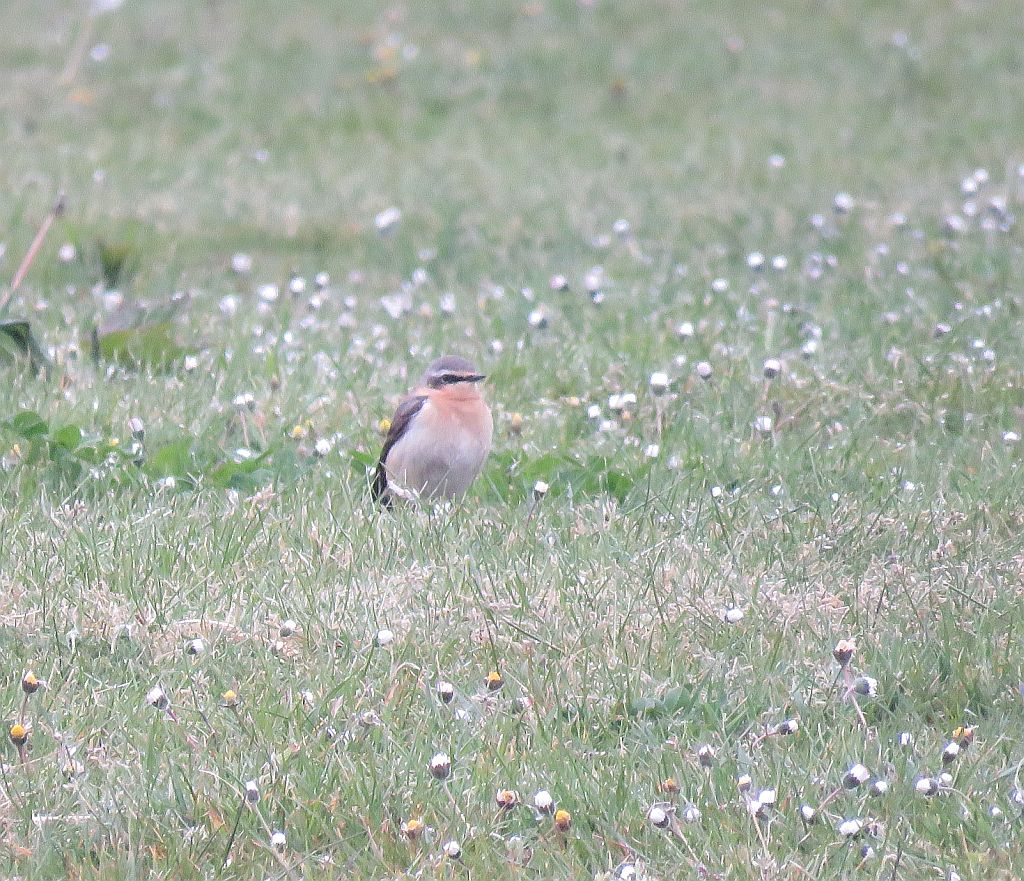 Area 10 was the place to be early this morning. On the Old Golf course at Dinton Pastures at 07:00 a male Wheatear was feeding on one of the higher mounds. Even earlier at 06:24 , 2 Cattle Egret were seen by Fraser Cottington flying over the landfill site. Relocated later in a pony field in Hurst.
Area 10 was the place to be early this morning. On the Old Golf course at Dinton Pastures at 07:00 a male Wheatear was feeding on one of the higher mounds. Even earlier at 06:24 , 2 Cattle Egret were seen by Fraser Cottington flying over the landfill site. Relocated later in a pony field in Hurst.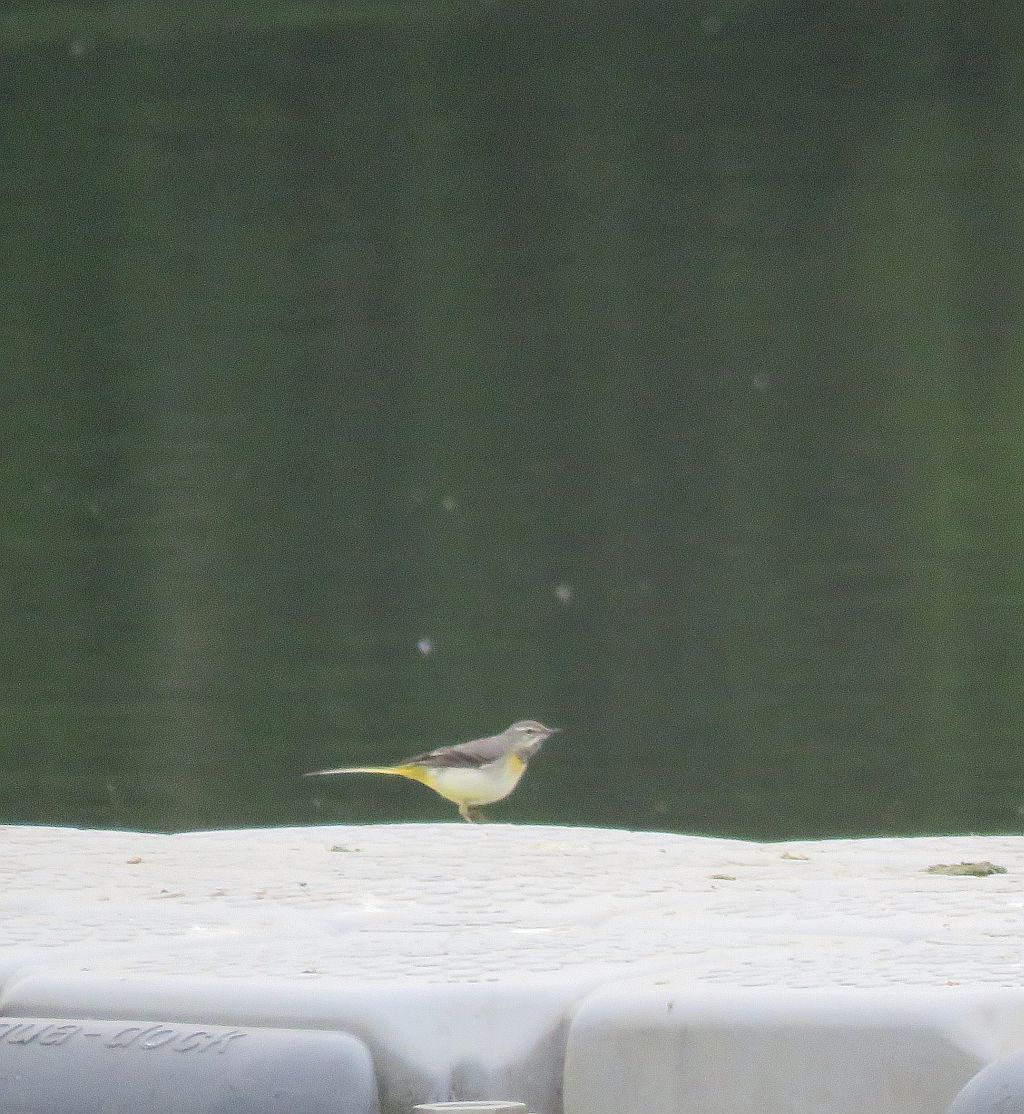 A Grey Wagtail dropped on to the pontoon by the Dinton Activity centre also mentioned to me by a dog walker was an Oystercatcher feeding on the old golf course and on my return across the golf course a Little Egret flew out of the Emm.In Area 7, Paul O'Neill heard a Tawny Owl calling at 23:00 and earlier in the day saw a Swift fly over. Another Swift was seen by Paul Bright-Thomas in Area 4.
A Grey Wagtail dropped on to the pontoon by the Dinton Activity centre also mentioned to me by a dog walker was an Oystercatcher feeding on the old golf course and on my return across the golf course a Little Egret flew out of the Emm.In Area 7, Paul O'Neill heard a Tawny Owl calling at 23:00 and earlier in the day saw a Swift fly over. Another Swift was seen by Paul Bright-Thomas in Area 4.
24/04/20
In Area 8 an Oystercatcher was seen flying SW over Old Forest Road Meadows and in Area 7 a Raven was seen flying West to East over Queen's Road both sightings by Paul O'Neill.
Meanwhile in Area 10 a male and female Cuckoo were seen.
23/04/20
Over his Area 4 garden Paul Bright Thomas saw 2 Rook .
22/04/20
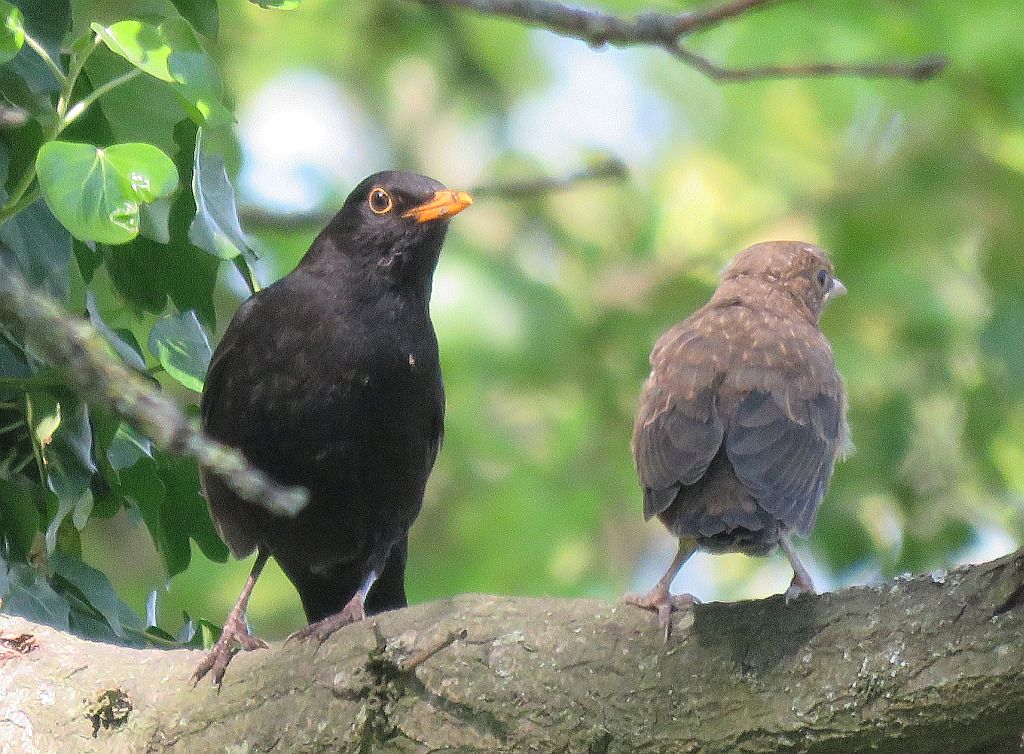 On my garden feeders were 2 Greenfinch a bit of a rarity these days.Greenfinch numbers have declined by 59 per cent in the UK in just 10 years, prompting concerns for its status. The decline is caused by a widespread and severe outbreak of a disease called trichomonosis, which was first noted affecting bird populations in 2006.Unfortunately no NHS for the Greenfinch. On a slightly happier note in Area 5 by Ripplestream Bridge a Blackbird was feeding a persistent recently fledged juvenile. It was following the parent wherever they went and begging for food.In Area 4 Paul Bright Thomas was adding to his garden lock down list with a Swallow heading East and 2 House Martin heading North.
On my garden feeders were 2 Greenfinch a bit of a rarity these days.Greenfinch numbers have declined by 59 per cent in the UK in just 10 years, prompting concerns for its status. The decline is caused by a widespread and severe outbreak of a disease called trichomonosis, which was first noted affecting bird populations in 2006.Unfortunately no NHS for the Greenfinch. On a slightly happier note in Area 5 by Ripplestream Bridge a Blackbird was feeding a persistent recently fledged juvenile. It was following the parent wherever they went and begging for food.In Area 4 Paul Bright Thomas was adding to his garden lock down list with a Swallow heading East and 2 House Martin heading North.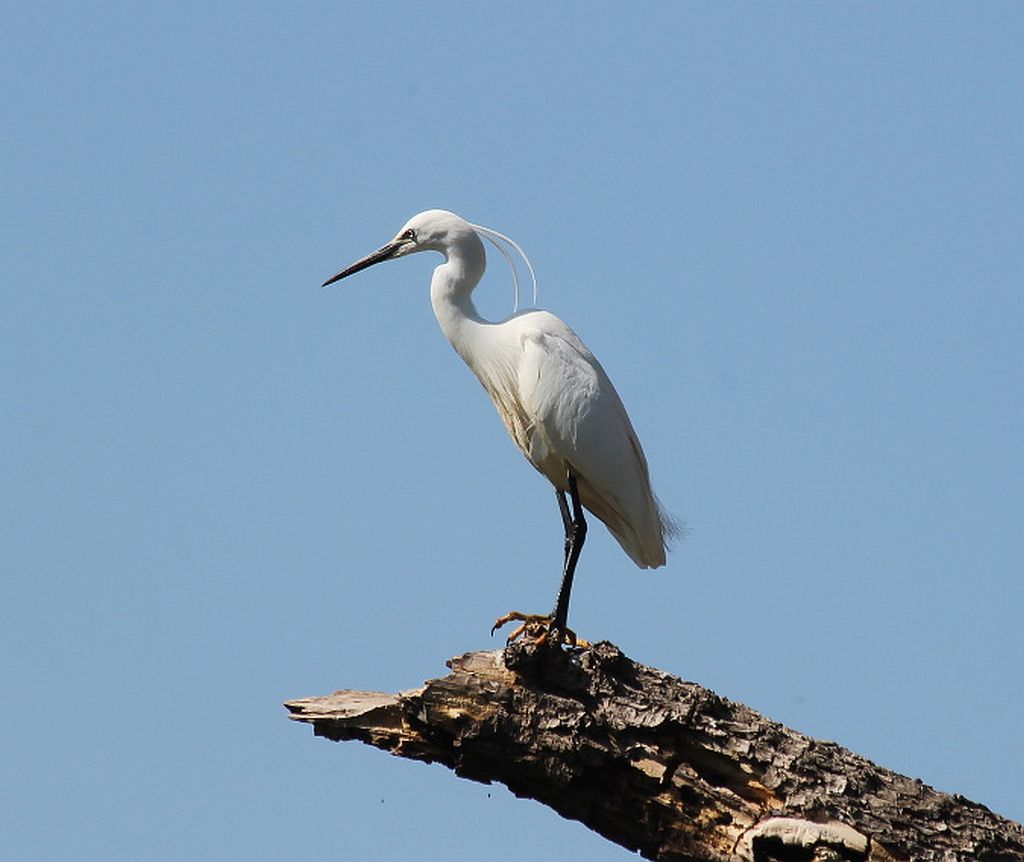 Elsewhere a Little Egret was seen perched up but keeping a watchfull eye on the river.
Elsewhere a Little Egret was seen perched up but keeping a watchfull eye on the river.
21/04/20
 In the Emm Brook by Dragonfly Bridge to the rear of Morrisons in Area 5 a Grey Heron was fishing. In the channel by the outlet from the Area 4 Balancing Pond a Grey Wagtail was busily feeding.
In the Emm Brook by Dragonfly Bridge to the rear of Morrisons in Area 5 a Grey Heron was fishing. In the channel by the outlet from the Area 4 Balancing Pond a Grey Wagtail was busily feeding.
20/04/20
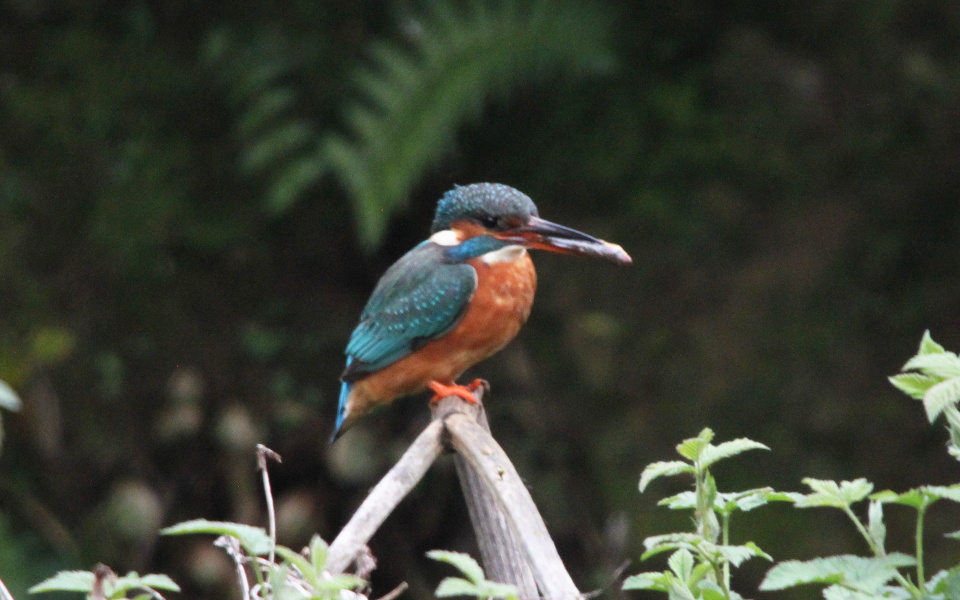 On the Emm Brook a Kingfisher was seen with food.Kingfishers eat mainly fish, chiefly minnows and sticklebacks, but they also take aquatic insects, freshwater shrimps and tadpoles etc to top up their diet. They prefer fish about 23 mm in length, but can handle anything up to 80mm long. Once it has caught a fish it returns to the perch, it repeatedly strikes the fish against the perch to kill it. Only then will the spines in the fins of some species such as sticklebacks relax to allow the bird to swallow it, head first. Each bird must eat at least its own bodyweight of fish each day.
On the Emm Brook a Kingfisher was seen with food.Kingfishers eat mainly fish, chiefly minnows and sticklebacks, but they also take aquatic insects, freshwater shrimps and tadpoles etc to top up their diet. They prefer fish about 23 mm in length, but can handle anything up to 80mm long. Once it has caught a fish it returns to the perch, it repeatedly strikes the fish against the perch to kill it. Only then will the spines in the fins of some species such as sticklebacks relax to allow the bird to swallow it, head first. Each bird must eat at least its own bodyweight of fish each day.
19/04/20
My one a day exercise today was cycling to Area 1 and Gorrick Woods.Not a lot of excitement however. It was standard woodland stuff with Robin , Wren , Chiffchaff , Carrion Crow , Wood Pigeon and a pair of Jay . In Area 10 distant Swift were seen. The first of the year. In Area 7, Paul O'Neill had a calling Oystercatcher flying E over Matthews Green farm towards Wokingham. A Swallow was also seen along with 4 Common Buzzard and a Kestrel 10m above his garden. In the Balancing pond opposite the Dog and Duck a Grey Heron was fishing. Over his Area 4 garden Paul Bright-Thomas had a Swallow and a Swift .
18/04/20
 On the wires by the Dinton Activity Centre in Area 10 at least 38 Swallow were resting before joining all the others feeding over the lake. Also seen were Sand Martin and House Martin A male Whitethroat was singing from the hedge in the carpark field, a Lesser Whitethroat was singing from the copse in the middle of the field and a Cuckoo was calling nearby.3 Wheatear were on the landfill seen from the bottom of the Car Park field.In Area 4 Paul Bright Thomas
had 4 Blackcap in his Area 4 garden. 2 male and 1 female in the same tree, with a 4th in amongst the Sloe Blossom.Out walking his dog this morning in Area 7 (Emmbrook Walk), Will Day saw a pair of Bullfinch .
On the wires by the Dinton Activity Centre in Area 10 at least 38 Swallow were resting before joining all the others feeding over the lake. Also seen were Sand Martin and House Martin A male Whitethroat was singing from the hedge in the carpark field, a Lesser Whitethroat was singing from the copse in the middle of the field and a Cuckoo was calling nearby.3 Wheatear were on the landfill seen from the bottom of the Car Park field.In Area 4 Paul Bright Thomas
had 4 Blackcap in his Area 4 garden. 2 male and 1 female in the same tree, with a 4th in amongst the Sloe Blossom.Out walking his dog this morning in Area 7 (Emmbrook Walk), Will Day saw a pair of Bullfinch .
17/04/20
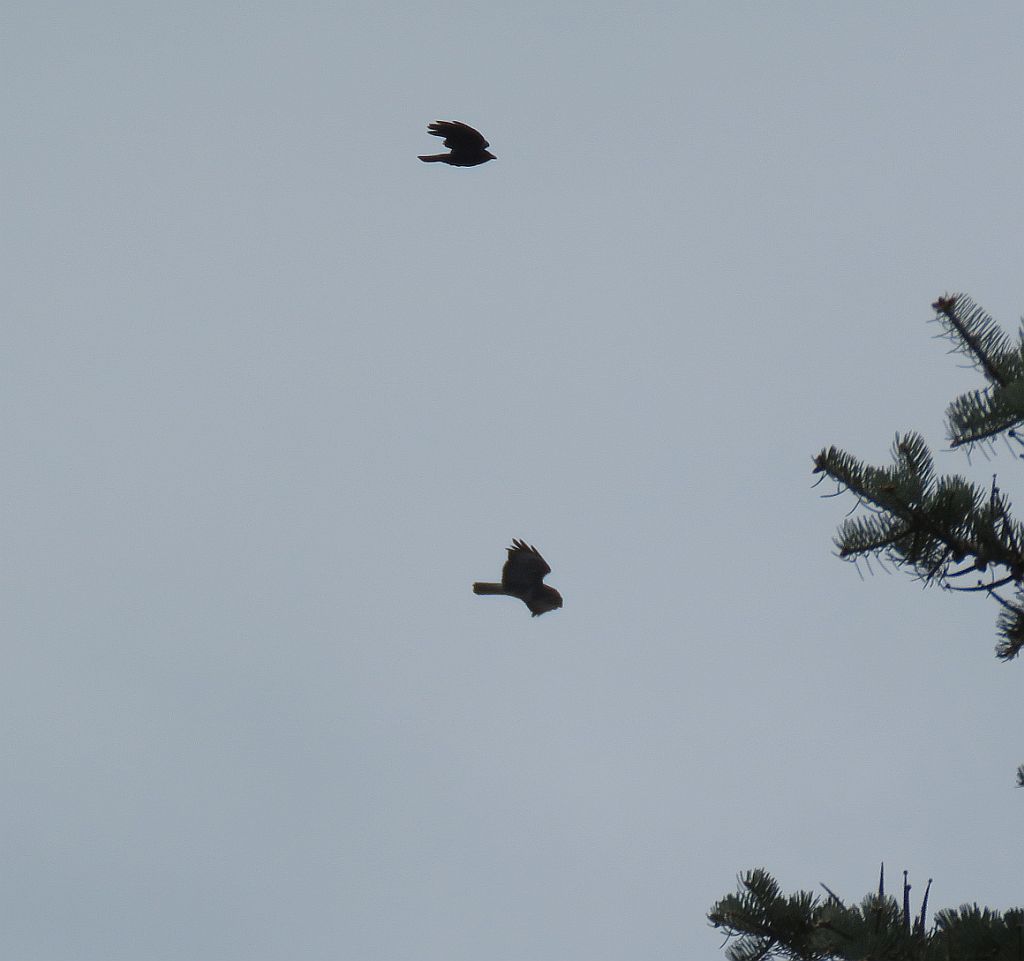 Over my Area 5 garden a Common Buzzard was being tracked and harassed by a Carrion Crow .
Over my Area 5 garden a Common Buzzard was being tracked and harassed by a Carrion Crow .
16/04/20
A male Sparrowhawk flew low over Paul O'Neill's Area 7 garden this afternoon, harassed by a very vocal Carrion Crow .
15/04/20
 Proof again that you dont have to go far for nature. On top of my Area 5 garden Yew tree, a male Robin was singing its beautiful song against a cloudless blue sky.In Area 4 Paul Bright-Thomas had a male and female Blackcap , feeding amongst fading sloe blossom in his garden in quick succession and in Area 7 Rik Dawson who was out for his daily exercise saw Skylark and Black Redstart .
Proof again that you dont have to go far for nature. On top of my Area 5 garden Yew tree, a male Robin was singing its beautiful song against a cloudless blue sky.In Area 4 Paul Bright-Thomas had a male and female Blackcap , feeding amongst fading sloe blossom in his garden in quick succession and in Area 7 Rik Dawson who was out for his daily exercise saw Skylark and Black Redstart .
14/04/20
In Area 10 an Oystercatcher flew to old golf course to feed. In Area 7 seen by Rik Dawson were 2 Linnet .
13/04/20
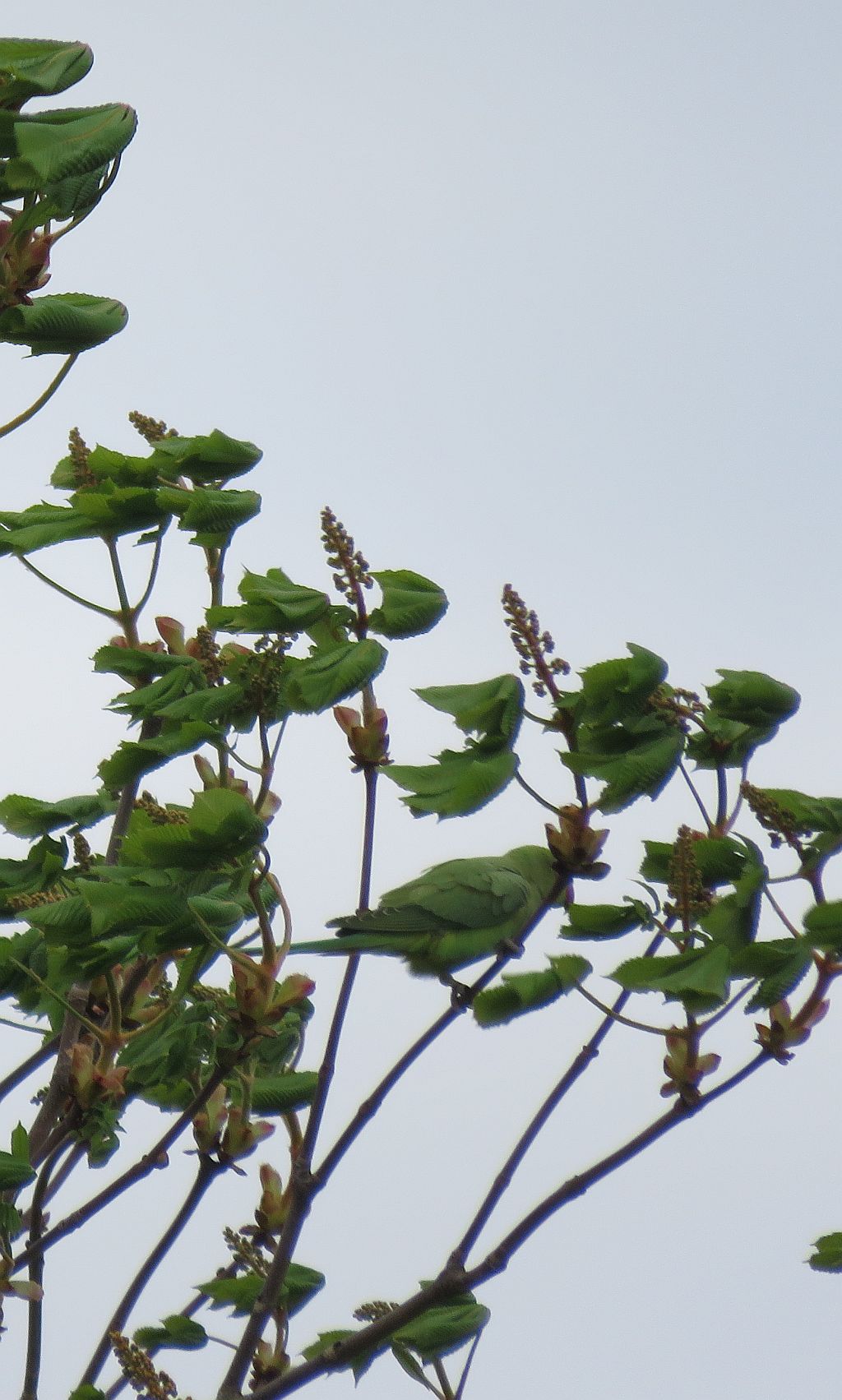 A Greenfinch was on my garden feeders . The first for a while. My excercise today was a bike ride to Dinton Pastures and Area 10.On the old golf course was a noisy Ring necked parakeet a green bird in a green tree, you can just about see it. On Black Swan Lake adjacent to the Emm, Sand Martin , House Martin and Swallow were all feeding over the lake.
A Greenfinch was on my garden feeders . The first for a while. My excercise today was a bike ride to Dinton Pastures and Area 10.On the old golf course was a noisy Ring necked parakeet a green bird in a green tree, you can just about see it. On Black Swan Lake adjacent to the Emm, Sand Martin , House Martin and Swallow were all feeding over the lake.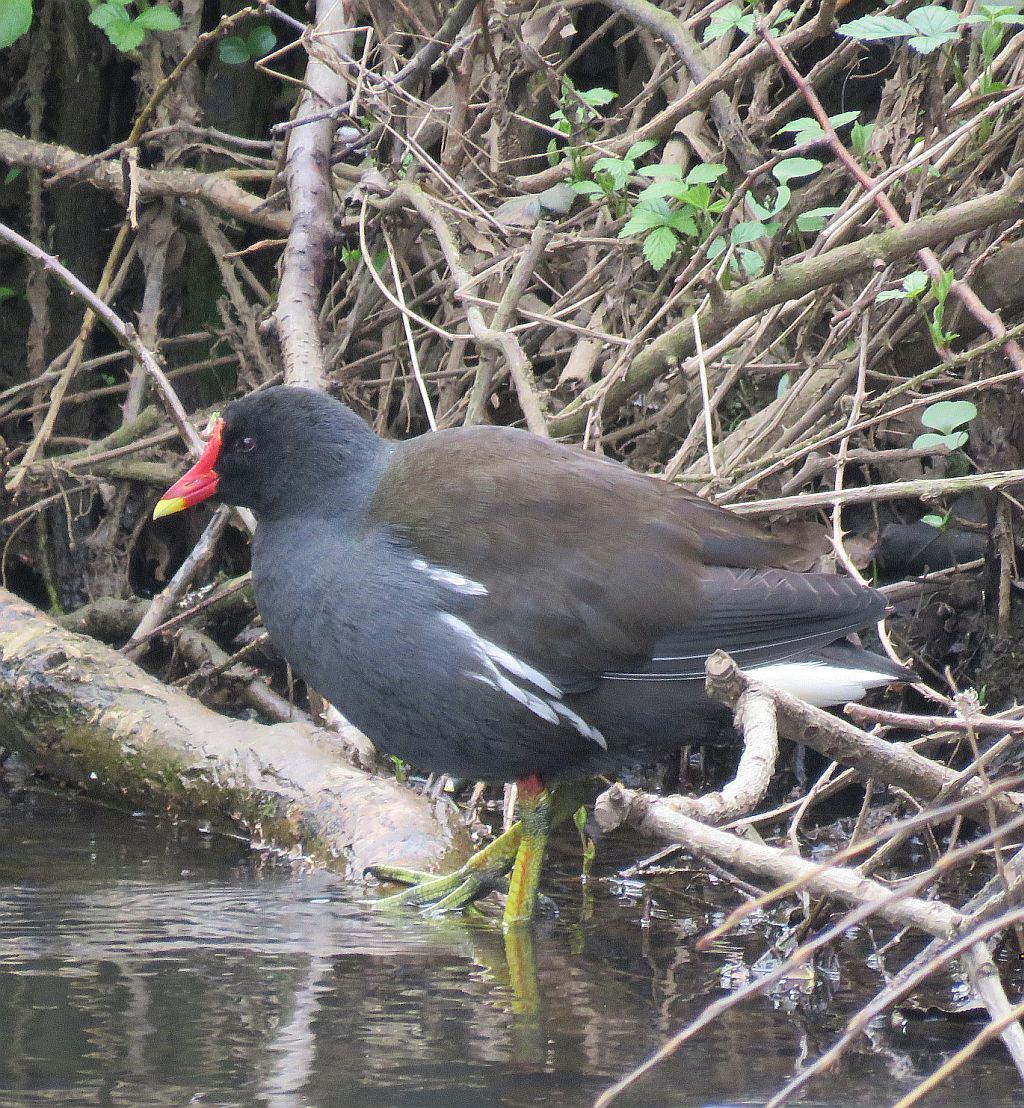 A Kingfisher was on the Emm before flying upstream when it saw me. Also seen was a Moorhen.
A Kingfisher was on the Emm before flying upstream when it saw me. Also seen was a Moorhen.
12/04/20
In Area 1 and 2 at Chapel Green a Little Owl was heard but not seen along with 2 displaying Lapwing by Sean Stevenson.Paul O'Neill had 2 Swallow
flying over his Area 7 garden. Meanwhile in Area 10 a Willow Warbler was seen around the top of the Car Park Field.
11/04/20
Paul O'Neill went for his one a day walk around Area 7 and saw a Little Egret on the Ashridge Stream by Toutley Road, Skylark singing over the site and a Black Redstart on the shut Construction site. 2 Song Thrush were seen in EmmBrook Walk and a male and female Sparrowhawk and a
female Kestrel were also seen.
10/04/20
In Area 1 and 2 at Chapel Green a Little Owl was seen out sunbathing by Sean Stevenson.Also seen were 2 male and 1 female Blackcap . The males were singing. A male Blackcap was also singing in Paul Bright Thomas's garden in Area 4.
09/04/20
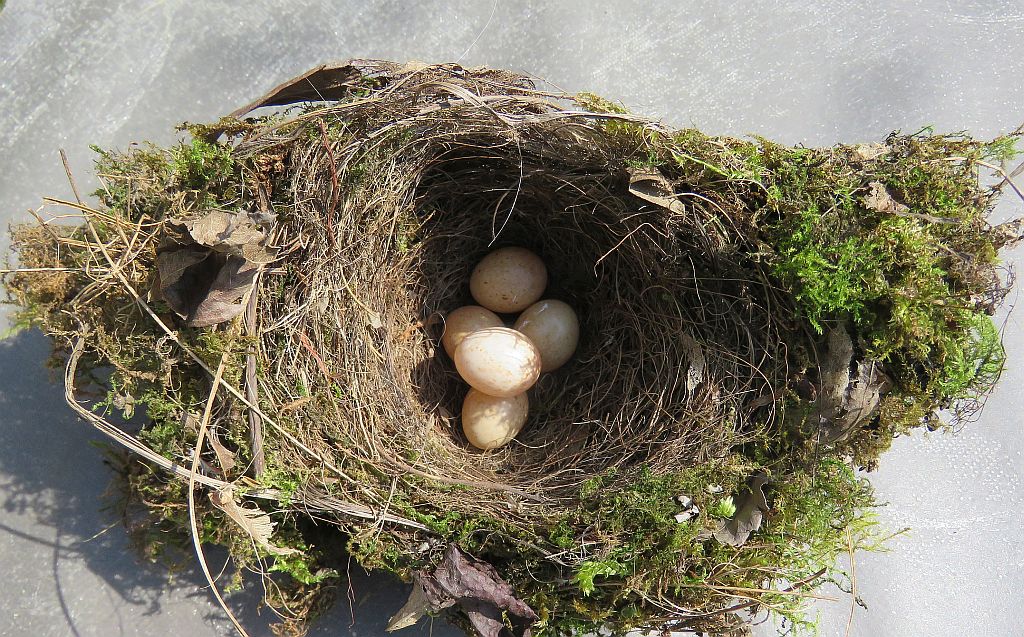 I received a phone call from a neighbour to tell me that in a bag normally set aside for leaves they had found an abandoned nest. Once again it is unfortunately that of a Robin . Looking at the large amount of moss involved the female bird will have put in a huge effort to construct it. The cup nest, built by the female alone, is made of dead leaves and moss, lined with hair.
The birds are very sensitive to any disturbance during the nest building and egg laying, and will easily desert the nest if they think that the nest has been discovered. In Area 7 Paul O'Neill had a Ring necked Parakeet flying over .
I received a phone call from a neighbour to tell me that in a bag normally set aside for leaves they had found an abandoned nest. Once again it is unfortunately that of a Robin . Looking at the large amount of moss involved the female bird will have put in a huge effort to construct it. The cup nest, built by the female alone, is made of dead leaves and moss, lined with hair.
The birds are very sensitive to any disturbance during the nest building and egg laying, and will easily desert the nest if they think that the nest has been discovered. In Area 7 Paul O'Neill had a Ring necked Parakeet flying over .
08/04/20
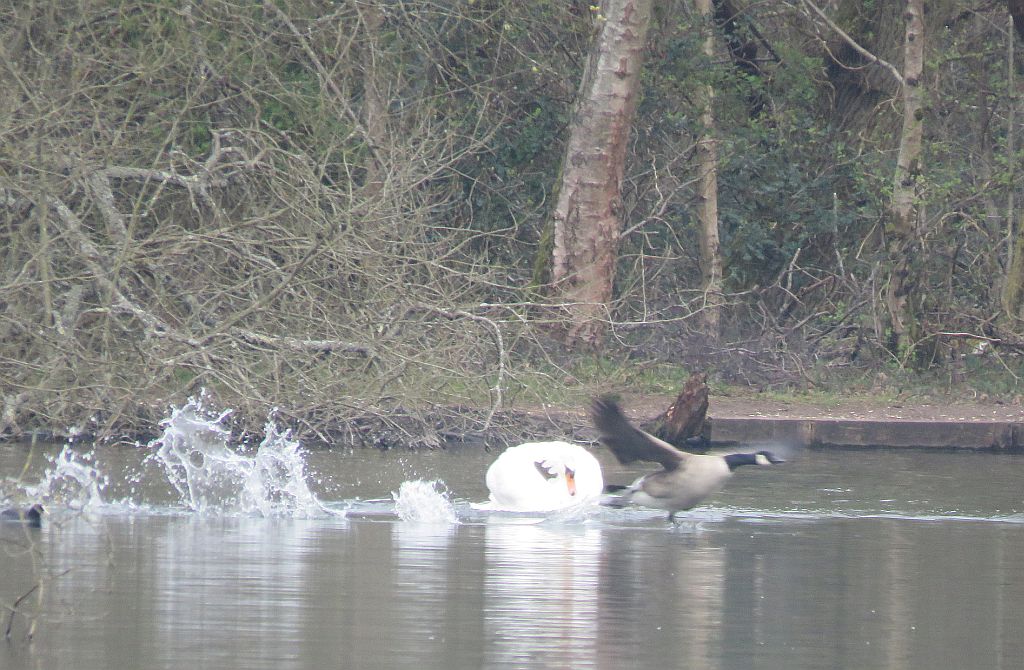 One of the fussier Magpie in my Area 5 garden doesn’t like the way that I present the mealworms in the morning. It takes them off the tray and drops them into the Birdbath before removing them again once suitably moistened. I will get a picture. On a bike ride to Area 1 and Heath lake a Male Mute Swan was relentlessly pursuing a pair of Canada Geese until after 15 minutes of harassment they flew from the lake. On the Island in the trees were Cormorant andGrey Heron .
One of the fussier Magpie in my Area 5 garden doesn’t like the way that I present the mealworms in the morning. It takes them off the tray and drops them into the Birdbath before removing them again once suitably moistened. I will get a picture. On a bike ride to Area 1 and Heath lake a Male Mute Swan was relentlessly pursuing a pair of Canada Geese until after 15 minutes of harassment they flew from the lake. On the Island in the trees were Cormorant andGrey Heron .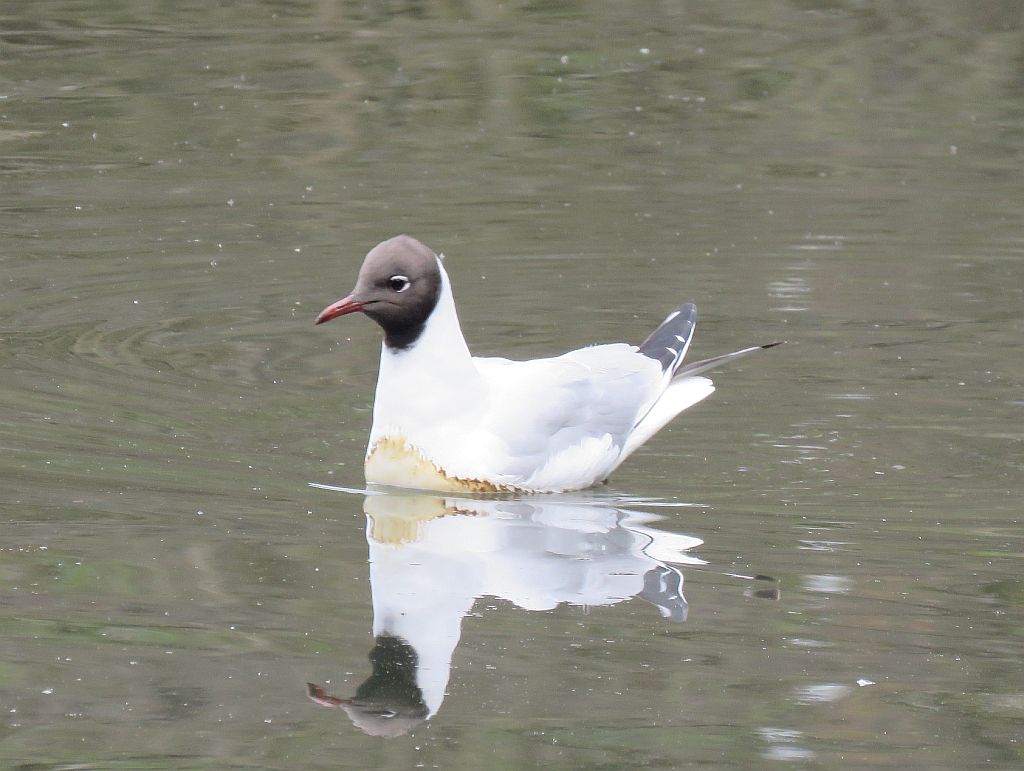 A slightly oiled looking Black headed Gull was also on the lake. Still in Area 1 at Chapel Green Skylark were singing in the fields over Grays Farm.
A slightly oiled looking Black headed Gull was also on the lake. Still in Area 1 at Chapel Green Skylark were singing in the fields over Grays Farm.
06/04/20
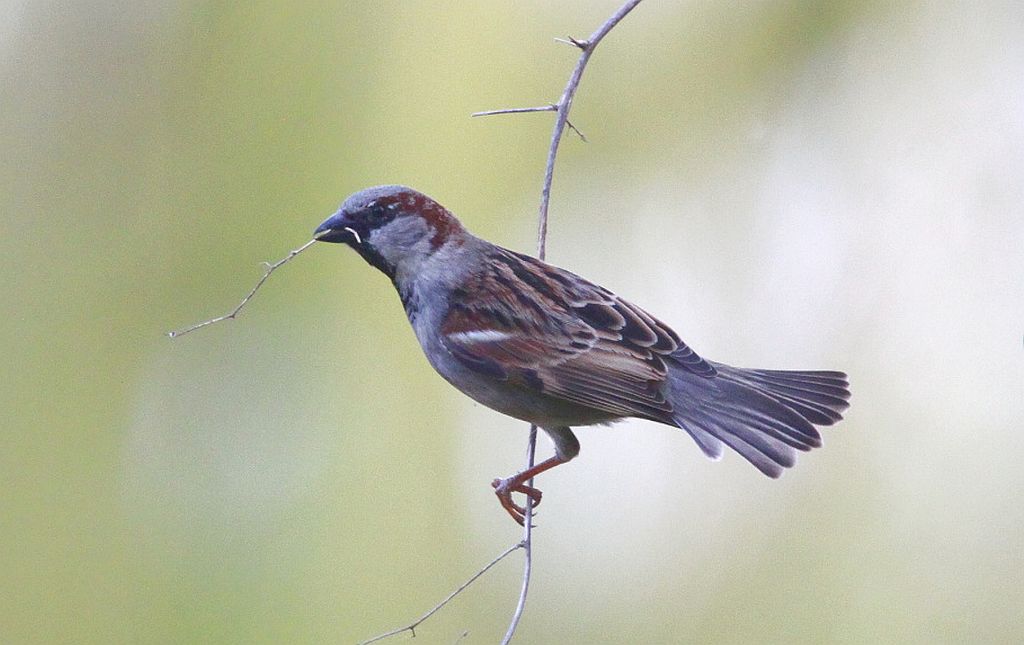 In Area 4 a male House Sparrow was seen gathering nest material.
In Area 4 a male House Sparrow was seen gathering nest material.
06/04/20
 A male Chiffchaff was calling in a neighbours tree this morning in Area 5 .The random arrangements of high-pitched “chiff” and lower “chaff” notes constitute the distinctive call .They are one of Britain’s earliest summer visitors and their calls are characteristic of early spring. With the Construction sites in Area 7 closed due to the virus, Paul O'Neill heard Skylark singing once more at lunchtime.
A male Chiffchaff was calling in a neighbours tree this morning in Area 5 .The random arrangements of high-pitched “chiff” and lower “chaff” notes constitute the distinctive call .They are one of Britain’s earliest summer visitors and their calls are characteristic of early spring. With the Construction sites in Area 7 closed due to the virus, Paul O'Neill heard Skylark singing once more at lunchtime.
 In Area 4 a female GreyWagtail was seen on the Emm. Males have a grey face with a black throat bib and a white 'moustache'.( See yesterdays picture) While females are much less yellow and do not have the black bib.
In Area 4 a female GreyWagtail was seen on the Emm. Males have a grey face with a black throat bib and a white 'moustache'.( See yesterdays picture) While females are much less yellow and do not have the black bib.
05/04/20
 On my daily walk a pair of Grey Wagtail were seen in the Brook by the Bridge over Emmbrook Road in Area 7.
At 04:45 a female Tawny Owl was calling from somewhere very close to my Area 5 garden.The tawny owl is our largest common owl and is known for making the familiar 'twit twoo' owl call during the night and early hours. Yet this call this is actually made by both a male and female owl calling to each other - the female makes a 'ke-wick' sound and the male answers with something more like 'hoo-hoo-oo'.In Area 7 a hunting female Kestrel was seen by Paul O'Neill.
On my daily walk a pair of Grey Wagtail were seen in the Brook by the Bridge over Emmbrook Road in Area 7.
At 04:45 a female Tawny Owl was calling from somewhere very close to my Area 5 garden.The tawny owl is our largest common owl and is known for making the familiar 'twit twoo' owl call during the night and early hours. Yet this call this is actually made by both a male and female owl calling to each other - the female makes a 'ke-wick' sound and the male answers with something more like 'hoo-hoo-oo'.In Area 7 a hunting female Kestrel was seen by Paul O'Neill.
04/04/20
In Area 7 a Sparrowhawk was seen flying over Paul O'Neills garden.
03/04/20
In Area 7 a male Black Redstart was seen by Paul O'Neill singing from top of a large tree at Matthews Green Farm, then on a wooden fence at junction of Eamer Crescent/Trinder Road.
01/04/20
.jpg) At an undisclosed location on the Emm Brook a pair of Kingfisher have been seen and possibly may be nesting.
At an undisclosed location on the Emm Brook a pair of Kingfisher have been seen and possibly may be nesting.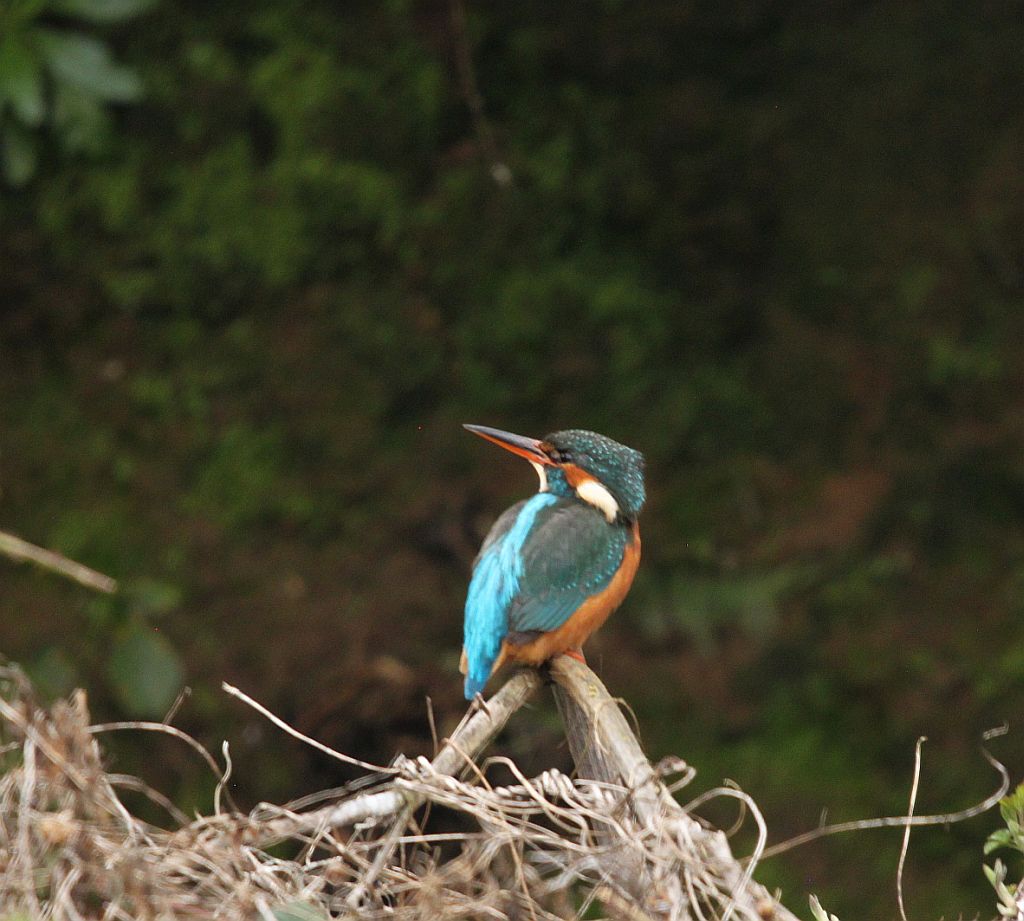 The key to telling the difference between a male and female Kingfisher is the beak colour. The males beak is all black, the female has a pinky orange tinge to the lower part of the beak.
The key to telling the difference between a male and female Kingfisher is the beak colour. The males beak is all black, the female has a pinky orange tinge to the lower part of the beak.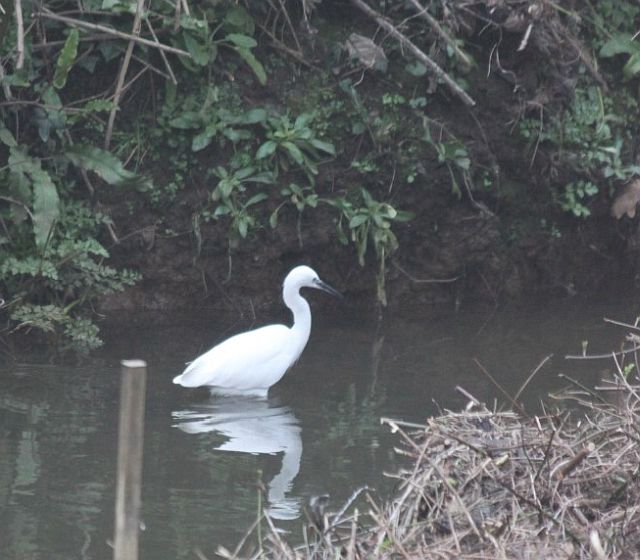 Also seen along the river was a Little Egret . Not a bad way to start the month.A Grey Heron flew over my garden in the afternoon.
Also seen along the river was a Little Egret . Not a bad way to start the month.A Grey Heron flew over my garden in the afternoon.



















.jpg)


0017.jpg)

